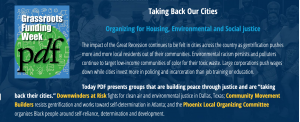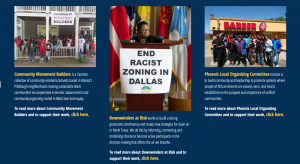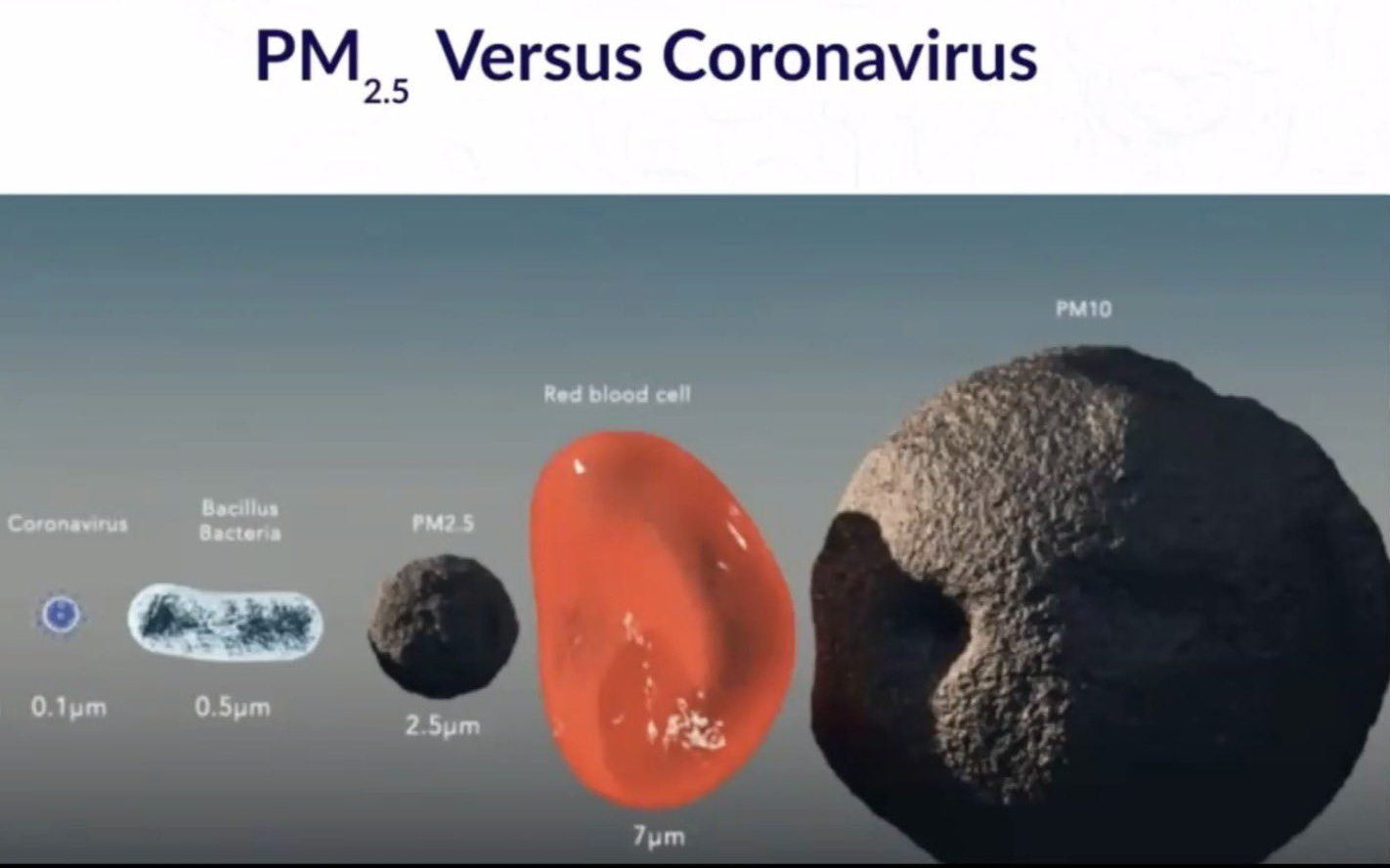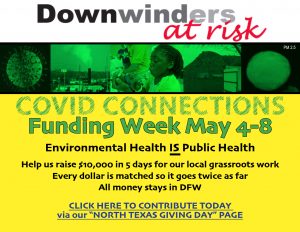Posts by jim
Does Dallas have an Air Monitoring Policy? Yes, It’s called “CYA.”
In March the City of Dallas invited a speaker to its Climate Symposium to advise them about air pollution monitoring for environmental justice. By June, they’d already ignored him. Another great short by Rick Baraff.
TUESDAY TOWN HALL ON RACIST ZONING
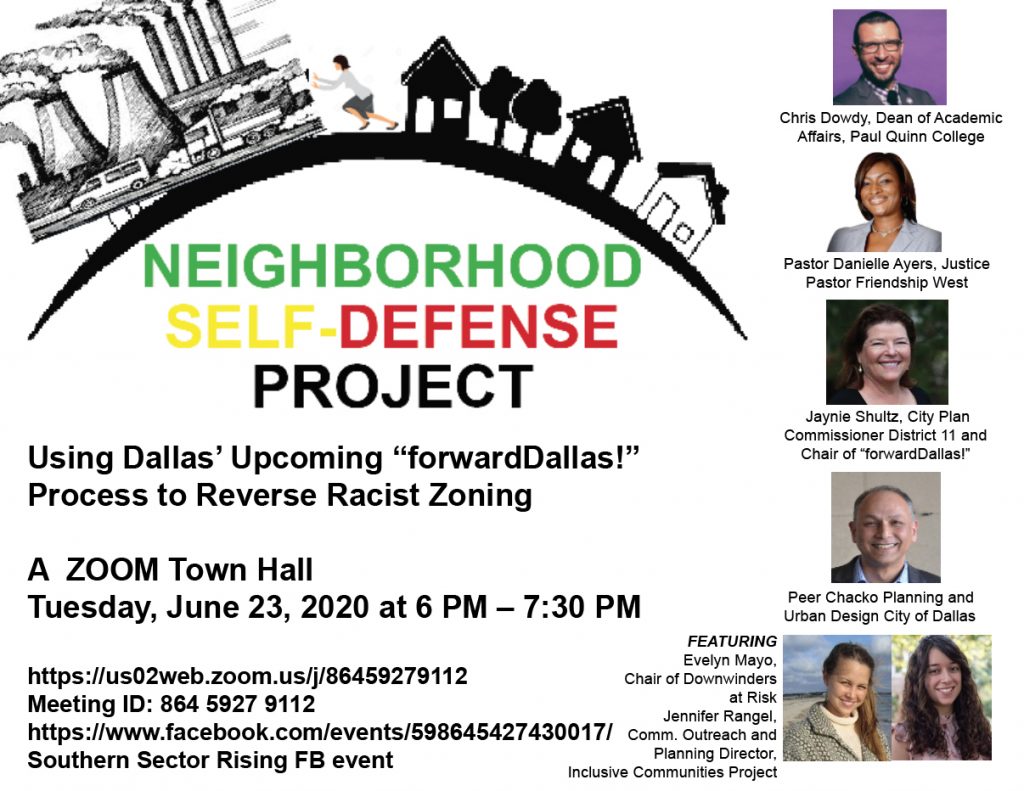
Join Us for Another Timely Town Hall on Environmental Justice This Coming Tuesday
Our Neighborhood Self-Defense Project is on a Mission to Eliminate the Racism That Redlining Left Behind.
It’s a funded, multi-year campaign to re-map pollution burdens in Southern Dallas. Learn about this exciting new challenge
to the Status Quo. We can make sure new
Shingle Mountains don’t happen.
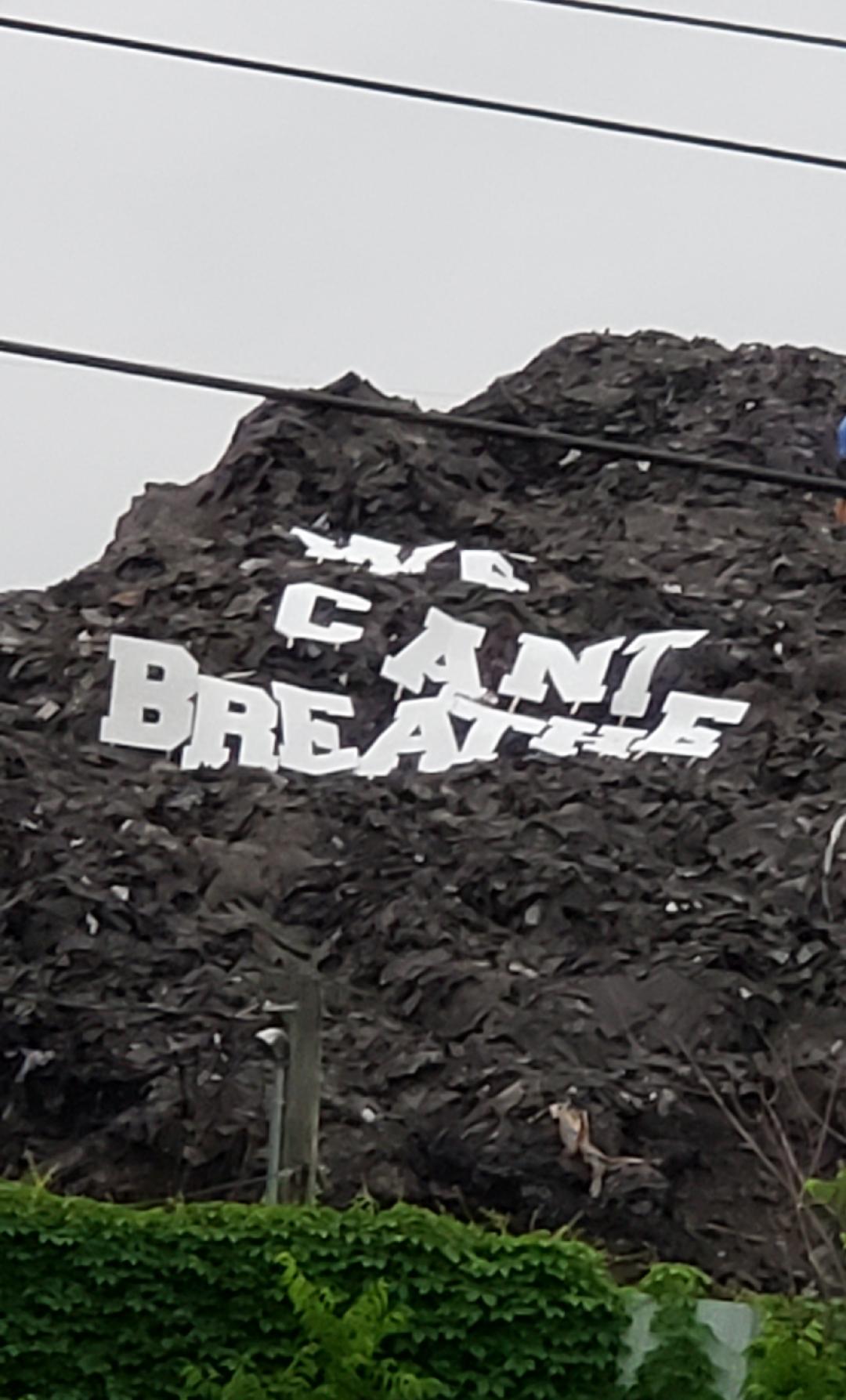
| Like you, we’re tired of playing defense. We want to start making fundamental changes to the status quo. An upcoming city-wide comprehensive re-examination of Dallas zoning gives us that opportunity. While overt racist tools like redlining and neighborhood covenants are gone, the patterns of land use they left behind still haunt South Dallas.  The reason most polluters are found along and South of the Trinity River in Dallas is because that was one of the very few places they, and Black and Brown residents, were allowed to locate. All were considered “undesirable” by the White Powers-That- Be. Redlining meant both people and industry were segregated. Paul Quinn’s recent report, “Poisoned by Zip Code,” explicitly maps this on-going industrial segregation. It’s the mundane but fundamental tools of city zoning and land use that have propped-up this obsolete legacy of racism for decades. It’s these same tools which must be used to reverse it, only this time wielded by the residents themselves. That’s the idea behind the Neighborhood Self Defense Project. Southern Sector Rising, The Inclusive Communities Project and Downwinders at Risk are combining to take on the task of organizing residents to remake their neighborhoods, tract-by-tract by taking advantage of the City’s upcoming “forwardDallas!” process.  Sponsored by Dallas City Hall once every decade or so, “forwardDallas“ is a comprehensive neighborhood planning process that can redraw the futures of communities to better reflect residents’ desires. Usually it’s another consultant-driven under-utilized City Hall exercise that gathers dust on a shelf. But a number of factors make this time different. For one thing, we and our allies are prepared and funded to wage a multi-year campaign to see the process all the way through. We’ve already begun holding organizing meetings with specific neighborhoods to get them ready. We’ll be there when the City holds its meetings. We’ll be there when the final document is written and when it passes the Council. This is the first time a grassroots campaign like this has been organized specifically to take on the “forwardDallas!” process on behalf of Southern Dallas residents.  Secondly, the Plan Commissioner who will be Chairing the City’s “forwardDallas” Committee is committed to packaging a lot of fundamental change into the final resolution. District 11 Commissioner Jaynie Schultz has been an advocate for Southern Dallas residents in past fights over batch plants. She wants residents to submit their own neighborhood plan for immediate adoption by the Council instead of waiting for up to three years to go through the usual hearing process. Third, the Dallas City Council just passed its Climate Plan which pitched the hot potato of environmental racism to the “forwardDallas!” process to address. Commissioner Schutz has said she wants to take this problem head on and the Council just gave her their blessing to do that. Finally, thanks to our supporters, we’ve made the on-going Shingle Mountain disaster a very real and living symbol of the impacts of this kind of racism. City officials know they have to do something. Our job is make sure that something is as big and deep and impactful as we can make it. Tuesday’s Town Hall is our official debut of the Project. It’ll offer a run through on how “forwardDallas!” works as well as how to get a head start for your own neighborhood plan. We’ll be joined by: Chris Dowdy, Dean of Academic Affairs at Paul Quinn College Rev. Danielle Ayers, Justice Pastor at Friendship West Baptist Church Jaynie Schultz, D11 Plan Commissioner and the Chair of the “forwardDallas!” Committee. Peer Chacko, Chief Planning Officer and Director, Planning and Urban Design Jennifer Rangel, Community Outreach and Planning Director with The Inclusive Communities Project Evelyn Mayo, Chair of Downwinders at Risk, author, “Poisoned by Zip Code”  Racist zoning is a “pre-existing condition” that keeps Southern Dallas residents trapped in disproportional poverty and illness. We have a unique chance to fundamentally improve public health and end one of the most harmful legacies of Jim Crow. |
LEARN HOW TO REVERSE RACIST ZONING
ENVIRONMENTAL JUSTICE
ZOOM TOWN HALL
THE NEIGHBORHOOD SELF-DEFENSE PROJECT
Tuesday, June 23rd
6 pm to 7:30 pm
https://us02web.zoom.us/j/86459279112
Meeting ID: 864 5927 9112
A FaceBook Live Event on Southern Sector Rising
Dallas City Hall Shows Concern Over Joppa Air Quality – By Putting New Air Monitor 3 Miles From Joppa
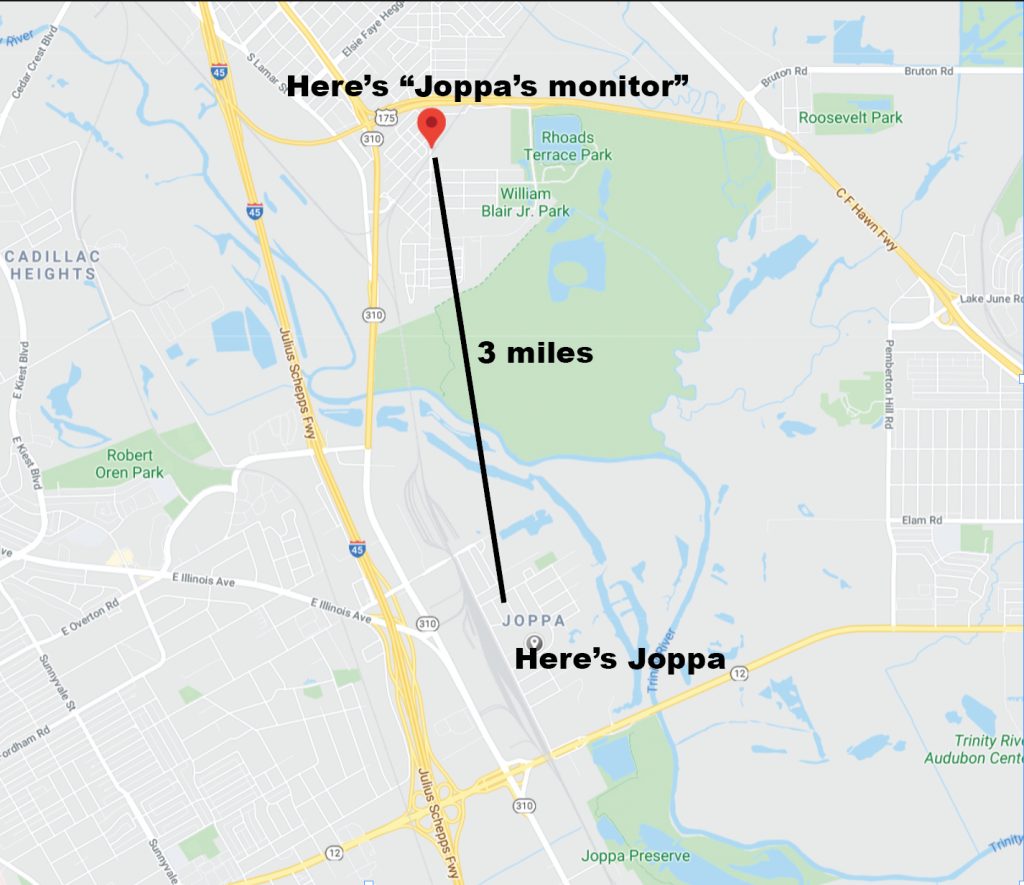
On May 27th Dallas City Hall rejected pleas from Southern Dallas residents and supporters to establish an Environmental Health Commission as part of its new Climate Plan.
On June 1st it provided the best reason yet as to why one is so desperately needed.
Proclaiming that the city had finally come through with a new air monitor for the beleaguered Joppa neighborhood, Office of Environmental Quality staff reported to the Council’s Environmental and Sustainability Committee that the new monitor the residents had fought so hard to get would actually be located…3 miles away on Bexar Street in Bonton.
3 miles away.
Staff rationalized putting “Joppa’s air monitor” (yes, they kept calling it that) in Bonton by promising it would reflect what Particulate Matter air pollution Joppa residents were breathing from the combination of batch plants, locomotives, and a large asphalt shingle factory…3 miles away. Committee Chairman Omar Narvaez went out of his way to make the same point. In fact, he patiently explained to the video audience that you could actually get more accurate readings for Joppa pollution from Bonton, 3 miles away, than you could in Joppa itself!
But not only is none of that true, it directly contradicts everything science knows about how Particulate Matter air pollution is transported and deposited. Donald Trump could not have done a better job of inverting the facts.
Smog is like a blanket. PM pollution is like sparklers. Smog rolls in large slow moving masses of air over many miles. PM is local and unless its coming from a 100 foot smokestack or fire, will not travel en masse 3 miles downwind undiluted. Smog is lighter than air and accumulates. PM is heavier than air and falls to the ground.
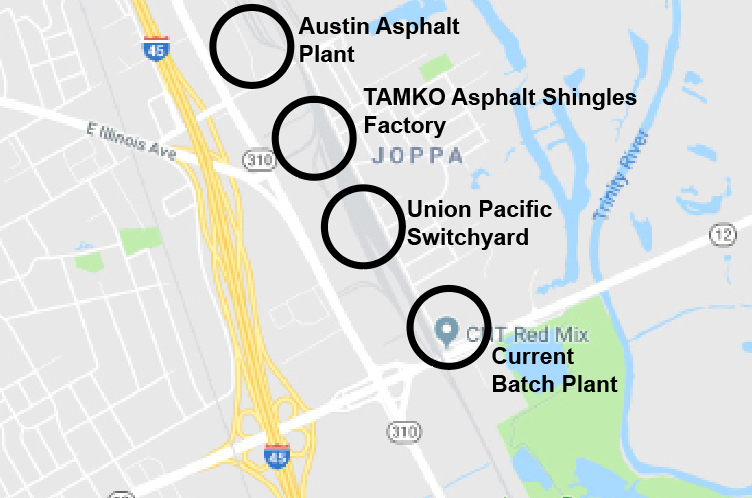
Smokestacks in Joppa are a lot shorter than 100 feet and their pollution is rarely as dense as house fires. PM pollution from these sources will not travel 3 miles downwind without a very heavy wind. It will travel 500 to 2000 feet. A monitor 3 miles away the Joppa pollution sources is incapable of telling you what people are breathing across the street from them. Heck, it’s incapable of even picking up the dust from the Bonton Farm goat herd 2000 feet down the road.
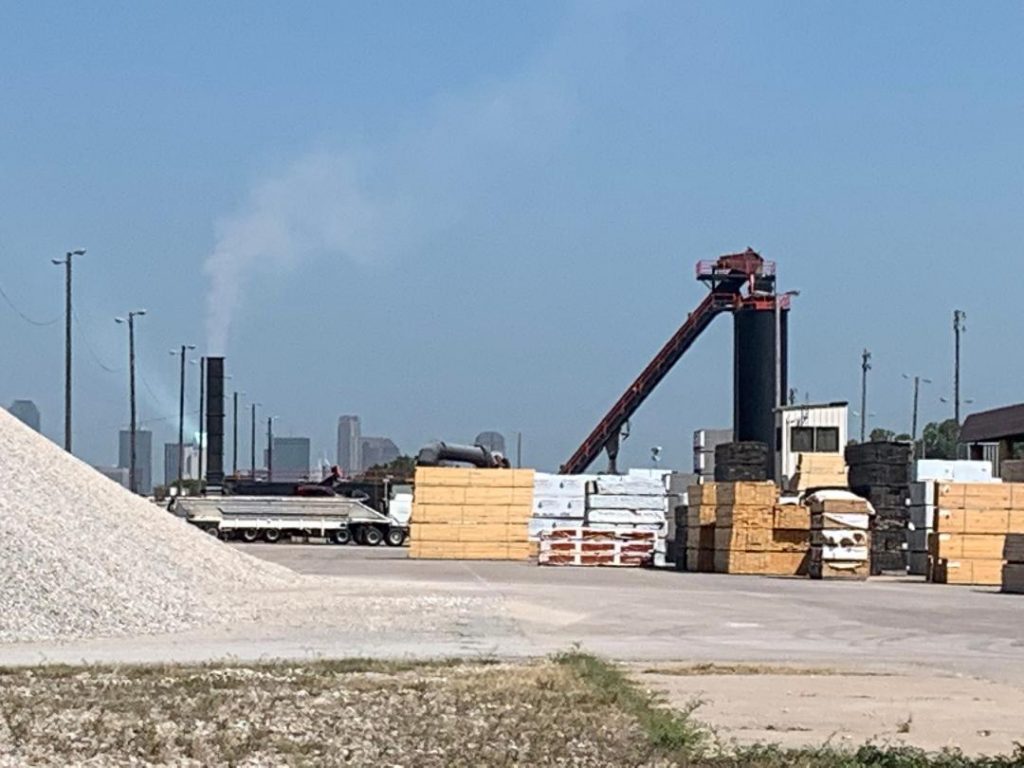
The localized nature of PM pollution – it could be very bad on one end of a street block and fine on the opposite end – is why experts like UTD’s Dr. David Lary are advising local governments to place PM monitors every mile or even half mile from each other in dense networks. Scientists such as Dr. Lary have devoted hours to research showing how PM monitors must be packed close together in order to reveal what people are actually breathing from location to location. A single monitor is incapable of accurately reflecting all the sources of PM pollution in a large area, much less telling you what different neighborhoods next to those sources are breathing.
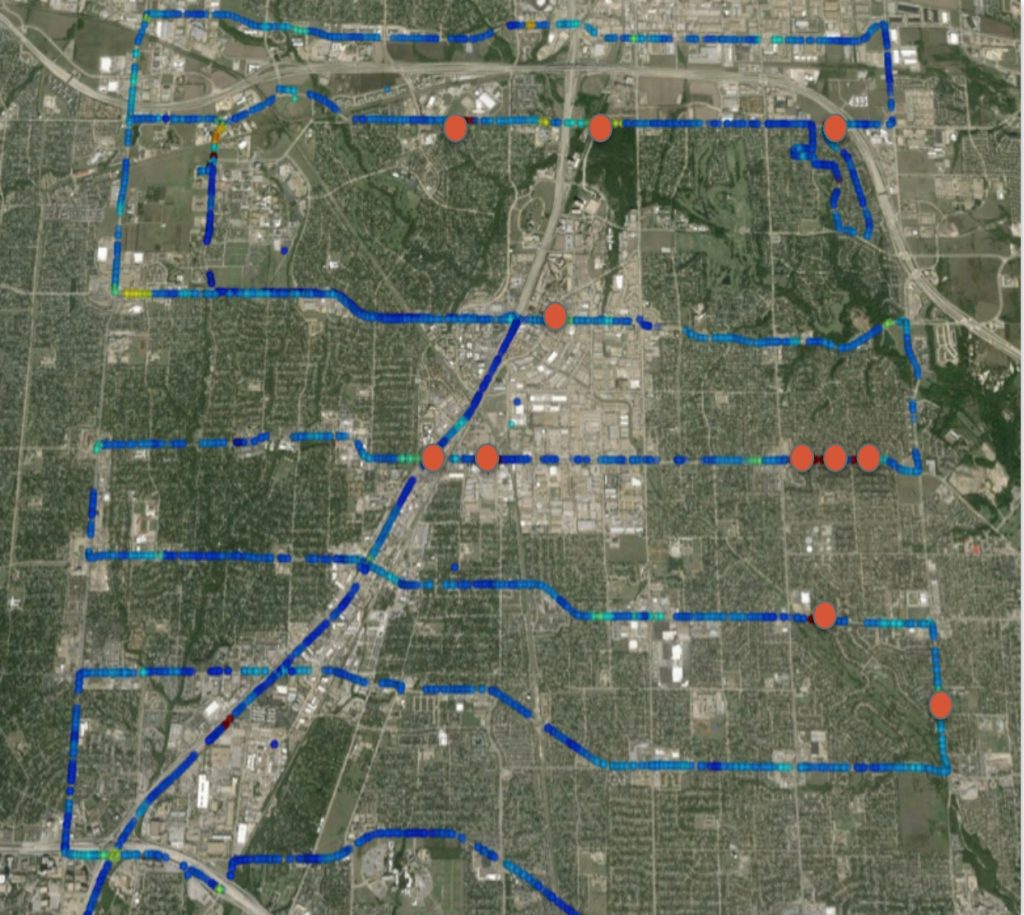
If a Council Member had asked the most preeminent expert on PM air monitoring in DFW, he could have told them all this. But Dr. Lary, who has worked for NASA, was not asked. Nor were any toxicologists, or professional air scientists of any kind.
Staff and Chairman Narvaez’ assertions about the uselessness of next-to-source fenceline monitoring to reveal air hazards will come to a shock to the countless industry and government entities employing it to understand more precisely where air pollution problems are generated. EPA even has guidance for such monitoring, saying “New cost-effective approaches to measuring air pollutants at the fenceline or in communities near industrial facilities can help identify and control air pollution that may drift across property lines.” We could find no EPA guidance recommending monitoring local PM sources from…3 miles away.
Somebody from EPA could have told the council about that that if they’d asked. But they didn’t ask a real air modeler or researcher from EPA, or anyone else that knows what they’re talking about when it comes to air pollution. As a result, council members are endorsing an anti-scientific, backasswards approach to air monitoring guaranteed to make real scientists roll their eyes and sigh. It’d be funny if it didn’t involve real people’s health and well-being.
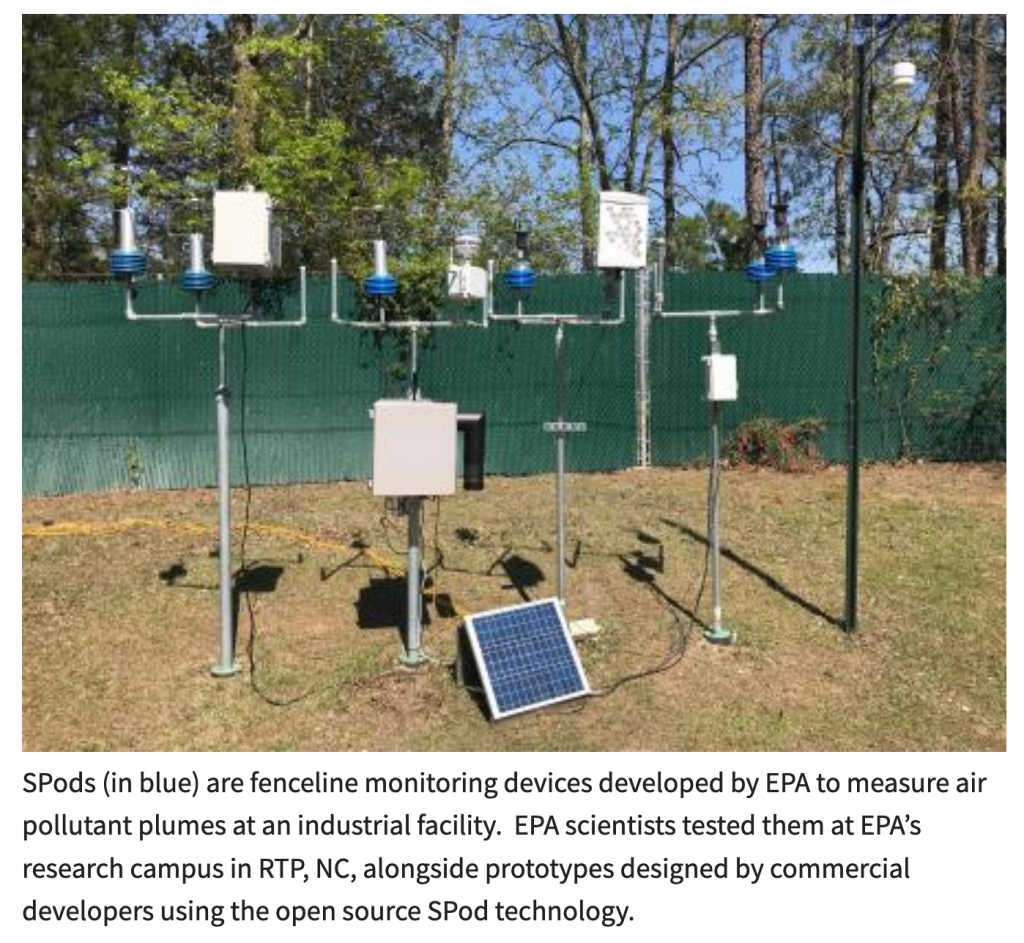
To know what the residents of Joppa are breathing, science says you must monitor the air in their community, not the air 3 miles away from their homes. By putting the monitor adjacent to the Joppa sources, you’re able to capture what pollution is really trespassing into residential neighborhoods and possibly causing problems. You might even be able to hold specific polluters accountable. By putting the monitor 3 miles away, you can’t do that. At that distance, there’s no way to tell what’s producing the PM levels you’re recording with the monitor. Maybe that’s the point.
Because in the briefing and subsequent Q&A with Council, it was clear this wasn’t really a “Joppa monitor” but a combination of “I-20/I-45/ traffic corridor” downwind monitor. “Joppa” is just the cynical Environmental Justice label applied to a monitor that has nothing to do with that community or cause. The new monitor’s placement is a compromise with EPA and the state to monitor PM from highway traffic. But even on this front the monitor isn’t up for the job. I-20 is 6 miles south, while I-45 is a mile upwind and west.
Even the most protective California buffer zones for PM pollution from freeways are a maximum of 1500 feet. That is, based on studies and monitoring, most of the worst pollution from a large highway or freeway is expected to fall out within 1500 feet of the traffic corridor that produced it. So again, the monitor’s official job description is at odds with its own limitations. Taking air measurements 6 miles or even a mile away from a freeway will give you no readings that reflect what its like to live next to it and breathe the pollution it produces.
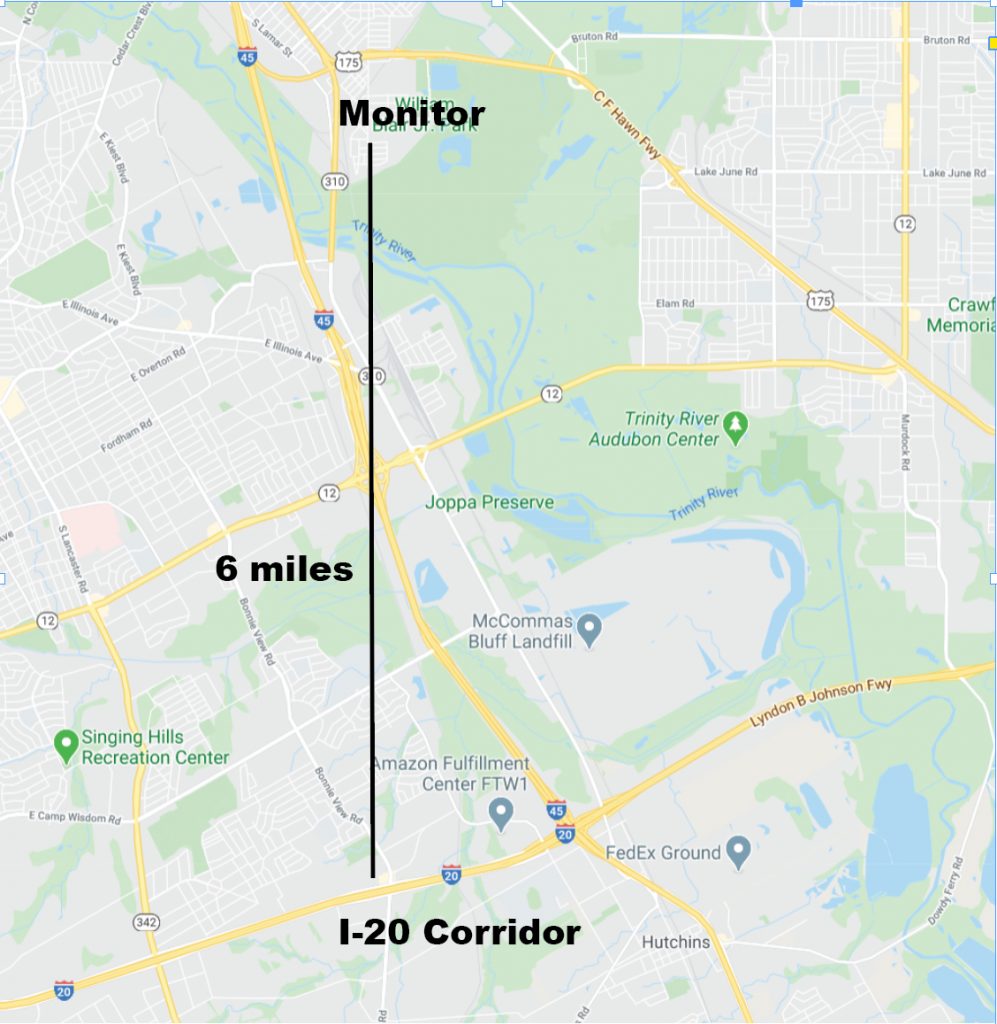
Since there’s no heavy industry in Bonton like there is in Joppa, even if the new monitor records extremely high levels of PM pollution, we’ll have no idea what’s causing it. No one to blame. That may be by design.
Dallas OEQS has a history of not wanting the job of telling people they’re breathing crap. Staff refused residents’ pleas to bring the City’s portable monitors to Joppa in the middle of the Dwaine Caraway batch plant fight three years ago. It’s refused to deploy monitors at Shingle Mountain. Staff walked out of participating in the on-going UTD air monitor network deploying over 100 sensors throughout DFW. Staff has refused to use a dozen brand new air monitors it’s locked up in storage after a failed project with DISD. While other cities race to establish dense 21st century air monitoring networks, Dallas defaults to a single 1990’s-era PM monitor and calls it quits.
This lack of imagination and initiative is the result of having a lawyer, James McQuire, in charge of OEQS instead of a toxicologist. The lawyer’s goal is to meet minimum regulatory standards. The toxicologist’s is to improve public health.
The one overarching air quality goal of this OEQS and the new Climate Plan is to keep Dallas from violating the Clean Air Act. It’s a low bar considering all of the legal “standards for PM show there is no safe level of exposure to the pollutant and people are dying from being poisoned by PM in areas that meet those standards.
One way to meet those standards and insure your goal is by not being too curious about health impacts. You limit the amount of testing and where you test – another page out of the Trump playbook. You don’t go looking to put monitors where air pollution is high, like Joppa or next to a freeway. That’s thinking like a toxicologist and it could put you in violation of the federal standard pretty fast. Instead, you put the monitor where you know the pollution isn’t – like Bonton, 3 miles away from Joppa and 6 miles away from I-20.
So this monitor gives staff the best of all its possible worlds – they get to claim they got a new monitor for Southern Dallas that doesn’t really accomplish much, without it actually being a City of Dallas monitor. If it ever does reveal terrible numbers one day, it will be the state downplaying the results, not City staff. (Lawyer’s) mission accomplished.
And because its a state monitor, don’t expect it to be easy to find online, or give you any real time data. There was no hint by staff of how the data from this monitor would be accessible to the public. Also no timeline for its installation and no air modeling offered to back-up the claim it could capture PM pollution from Joppa sources. All you have is staff’s word. A staff that doesn’t want to find air pollution problems.
What was as discouraging as staff not offering any of these important details was that not one Council Member on the Environmental Committee knew enough about air quality to ask about them as well. Nobody on the City Council knows enough about this topic to make an informed decision or even ask the right questions. And nobody on staff is going to quit misleading them. Meanwhile Environmental Health in Southern Dallas – and everywhere else – is held hostage.
Despite it being a heavily debated topic during last Wednesday’s council meeting there wasn’t even a single question about the City performing air monitoring at the site of the controversial Asthma Cave Soccer Fields under I-345 or the OEQS staff’s opinion about the safety of the concept. It’s just as well. They probably would have endorsed it as a great recreational opportunity for kids.
Video recording of the Monday, June 1st Dallas City Council’s Environmental Quality and Sustainability Committee is available to watch here; the Dallas monitoring presentation begins at 38:20: https://dallastx.swagit.com/play/06012020-522
Urge the Dallas Council To Restore the Environmental Health Commission on May 27th
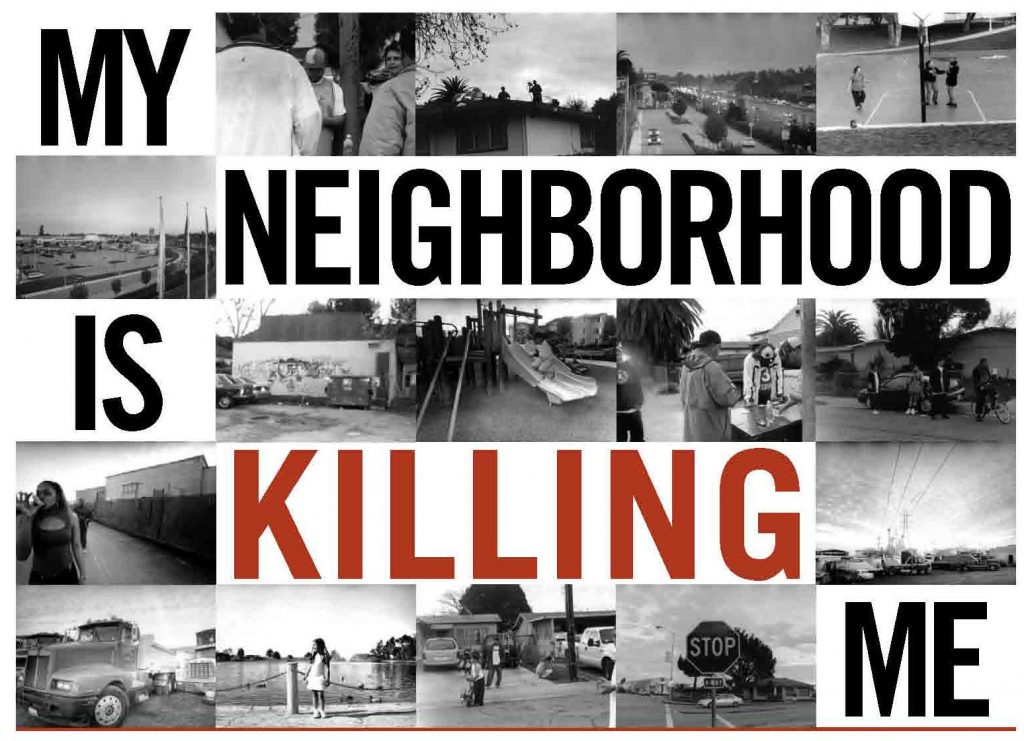
CLICK HERE TO SEND AN EMAIL RIGHT NOW. YOU CAN ADD YOUR OWN COMMENTS
For over a year Southern Sector Rising has been lobbying the City Council for the restoration of the Dallas Environmental Health Commission. With the adoption of the City’s Climate Plan, the Council has a chance to do that next Wednesday , May 27th. But they must hear from you.
Opposition is coming from management in the Office of Environmental Quality and Sustainability who don’t want the word “health” used for this new body. Why? Because this is the same city staff who doesn’t want to responsibility of telling citizens they have bad air or are living too close to industry. Houston has a staff toxicologist advising City Hall. Dallas has a lawyer.
This is why residents must have the Dallas Environmental Health Commission. It serves as a citizen-friendly forum for putting environmental health issues on the official City Hall radar and generates important new public policy proposals. Every Council Member would appoint a member and various experts would serve as advisors. It would instantly elevate the status of Environmental Health at Dallas City Hall.
You can help make this happen by sending a quick “ClickNSend” email to Mayor Johnson and the City Council urging them to vote for a new Dallas Environmental Health Commission. You can add your own comments as well. It takes all of 30 to 60 seconds, and it could mean the difference between Dallas and the next Shingle Mountain.
HERE’S THE LINK TO SEND YOUR EMAIL TO THE MAYOR AND COUNCIL https://www.downwindersatrisk.org/featured-citizen-action/
Thank you.
A BIG THANK YOU
You Contributed Over $21,000 for Our
COVID-Connected Program Work Last Week

In our first ever attempt to conduct a week-long fundraising campaign, much less during an unprecedented pandemic, we had unprecedented success. Over seven days our supporters contributed a total of $21,600 to Dowwinders at Risk. That’s the most we’ve ever raised during one of our fundraising drives.
Besides raising needed funding for our work, we also received national exposure through the Peace Development Fund’s Grassroots Fundraising Week that featured us and 12 other grassroots groups doing social justice work around the country during the COVID crisis.
These new funds will be used to support our zoning equity work surrounding he upcoming “forwardDallas! land use planning process, the new regional air monitoring network we’re building, assistance to grassroots groups such as Southern Sector Rising, and continued original reporting of local environmental news.
We can’t tell you how much we appreciate the contributions, especially in light of the circumstances. We value your support and pledge to squeeze every bit of change out of every dollar you send us. Thank you.
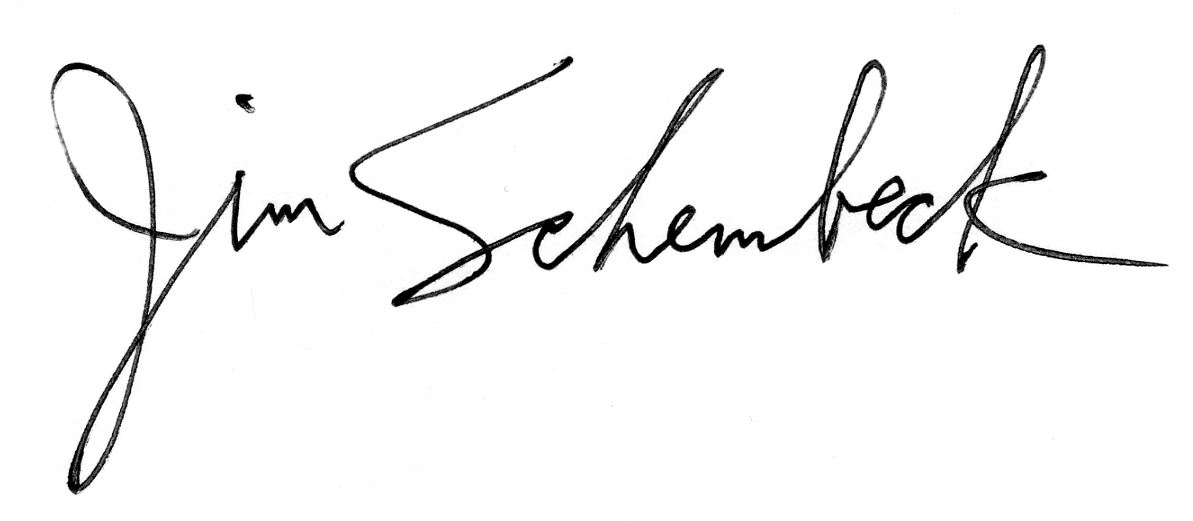
DIRECTOR

CHAIR
Our Environmental Reporting is This Week’s Final Reason to Give


It’s Friday. That means it’s the last day of our
COVID-connected fundraising campaign
Thank you to everyone who’d contributed and helped us spread the word during this week’s fundraising onslaught. It’s been a tremendous success. We’ll be able to announce the final numbers next week, but we’re very grateful.
This is the first time we’ve combined a Giving Day with four more days of pitching ourselves as a good investment. We tried to educate while we begged but we know you’ve seen a lot of emails from us this week. Together, those emails do a good job of describing our current agenda.
If you haven’t already contributed, we’re using today to give you one more reason to give, but it’s not officially part of our program work – it’s a consequence of it.
It’s not too late to help us help more people. All money stays in DFW.
If you’ve read even one of the other emails this week you know we’ve got ambitious plans. Support them if you can. Thanks.
Thanks,


________________________________________
COVID Connects:
Grassroots Reporting
to
Environmental Health Awareness

What is It?
When Downwinders began, there were three major daily newspapers in DFW and they all had environmental reporters assigned to cover local stories. All three “major” TV network affiliates also had environmental reporters. Now, there’s not a single commercial media outlet in DFW that employs a full-time, dedicated environmental reporter.
That’s why the original research and reporting we do is so important.
Our website, Facebook, and Twitter pages offer the most comprehensive list of studies and news articles on air pollution and the contemporary environmental movement of any entity in DFW. Whether you want to see the latest research or read about green politics, we offer news that nobody else will bring you – every single day.
But we also make our own news.
We do our own research, submit our own Open Records Act requests, and make our own calls to our “sources.” We tell the stories behind the press releases that no other outlet does.
That’s how we brought you the story of the mysterious North Texas catastrophic air pollution event that sent monitors numbers soaring but had no official explanation. That’s how we reconstructed the Sunshine junk yard fire in West Dallas to prove their was no air monitoring by the Dallas Fire Department despite official reassurances to the contrary.
It’s how you know Dallas City Hall is sitting on 12 brand new air monitors it doesn’t want to use in its own neighborhoods. It’s why you know an Asphalt batch plant in urban Joppa is operating with a permit and air modeling based in rural West Texas. It’s how we compile our annual smog reports.
And if you wanted to follow the Dallas Climate Planning process, we offered an unprecedented six articles detailing its background and politics over a year. We devoted more research, words, and space to giving you a unvarnished look at it than the Dallas Morning News, The Dallas Observer and D Magazine combined.
Why Do It?
We’ve become our own news organization because we’ve had to. Otherwise, you’d never know about what was really going on.The sometime “environmental reporter” for the Morning News is also the weather reporter, and also a general assignments reporter. He has no experience covering environmental issues, and more often than not ends up copying and pasting news releases.
Other mainstream media outlets are equally uninterested or unable to have someone with experience report on local environmental news.
And polluters and governments love it when nobody is asking pesky questions or challenging the official statements.
That leaves it up to the people and groups in the field doing the work to report on it as well.
What’s the COVID
Connection?
To make the best decisions about environmental health, you need the best information. You need to know what solutions have worked and which ones haven’t. You need to know the research that proves or disproves connections between pollution and a specific illness. You need to separate the BS claims from the reality on the ground.If we all just rely on official sources of information about air pollution and environmental justice, we’ll never see the real stories. Truth is the citizen’s friend, whether fighting a permit or a pandemic.
STATUS?
We publish fresh news on our Facebook page and Twitter account every day. We publish deeper dives on our website and in these email alerts. We keep you informed of the latest developments on the local environmental movement in a way no other group or media outlet does.
Our reporting isn’t program work that we apply for grants to fund. It happens as a result of us pursuing the truth as we perform our program work. It’s the only way we have of explaining to you how hard change is sometimes, or what it really means when we win.
National Fund Spotlights Downwinders’ Efforts to “Take Back Our Cities”
Today, the Peace Development Fund is using its national presence and contacts to help raise funding for Downwinders at Risk, under the banner of “Taking Back our Cities.”
We’re being featured on their website all day. We’re one of only 13 groups chosen to receive this kind of attention from the Fund.
The Fund liked our work around the upcoming Dallas MasterPlan process, partnering with Southern Sector rising and neighborhood groups to rezone Southern Dallas communities tract-by-tract to improve environmental health.
We’re one of the few environmental groups in the country using land use planning tools to reduce residents’ exposure to pollution. Our aim is to dismantle the racism institutionalized in local zoning codes that have forced People of Color and industry to live side-by-side for decades.
Many of you helped us reach our Giving Day goal. But we need those of you who didn’t contribute on Giving Day to do your part today. Here’s your chance to join the fight for cleaner air and environmental justice.
Thanks.

Director

____________________________________
COVID Connects:
Racist Zoning
to
Increased Vulnerability to COVID
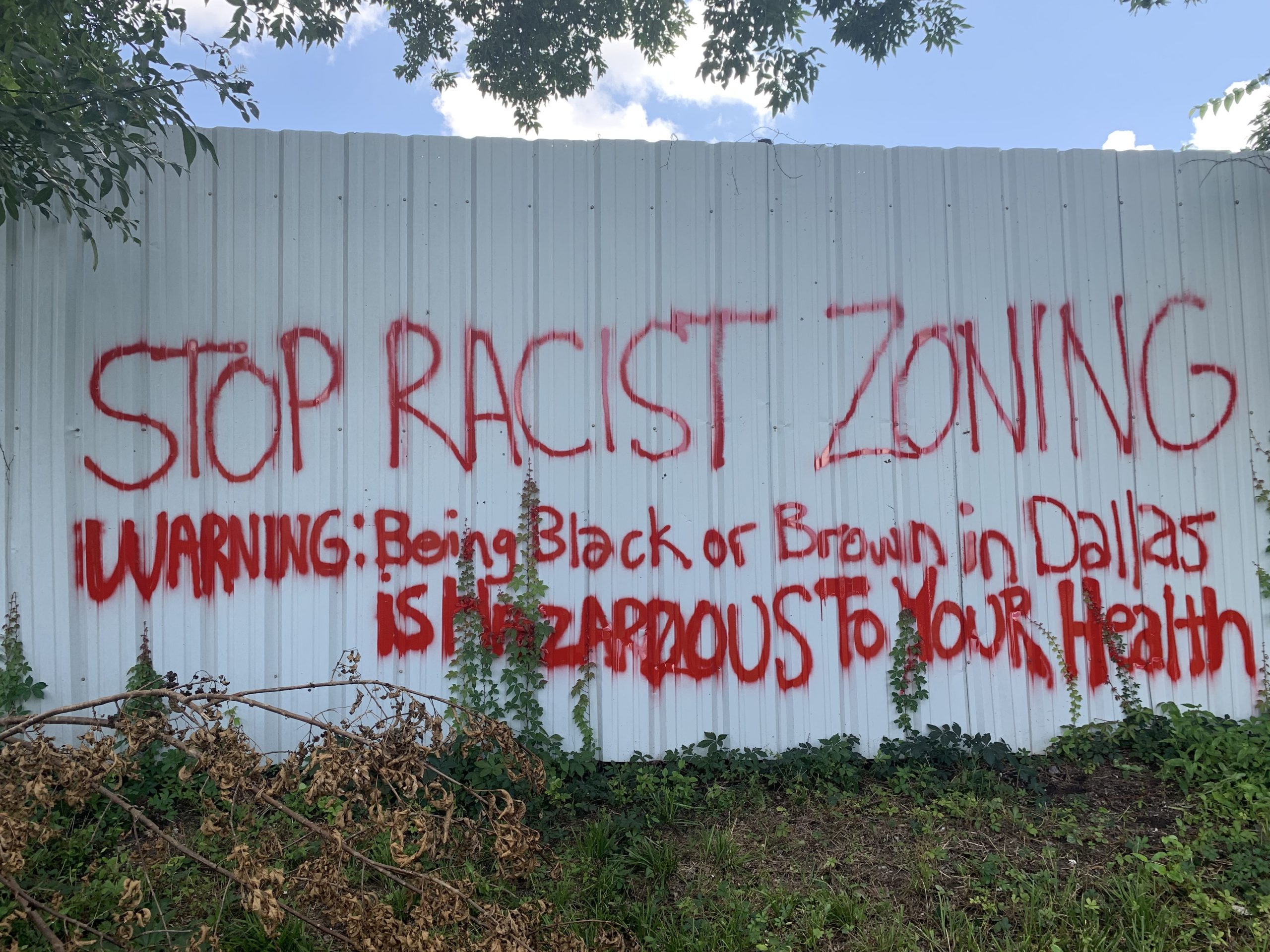
What is It?
For most people, “zoning” isn’t a very interesting topic. How your property is classified by city government is of little concern – until you discover how few protections you have or how close a large polluter can operate near you.
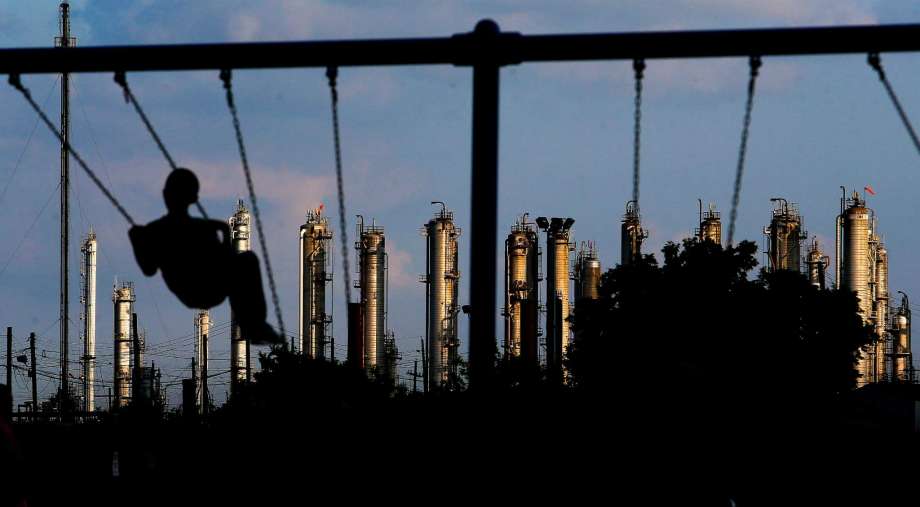 In Dallas as well as most American cities, People of Color have been historically forced by law or practice to live in neighborhoods they had to share with industry. The Trinity River floodplains were used as a large dumping ground for both people and factories deemed “undesirable” by white power brokers.
In Dallas as well as most American cities, People of Color have been historically forced by law or practice to live in neighborhoods they had to share with industry. The Trinity River floodplains were used as a large dumping ground for both people and factories deemed “undesirable” by white power brokers.
While illegal now, that institutionalized discrimination lives on in the form of obsolete racist zoning that still makes Southern Dallas a dumping ground.
Why Do It?
Unless you change the zoning classifications in South Dallas that make it such a haven for dirty industry, the City’s pollution burden will remain concentrated there, stifling economic development and quality of life.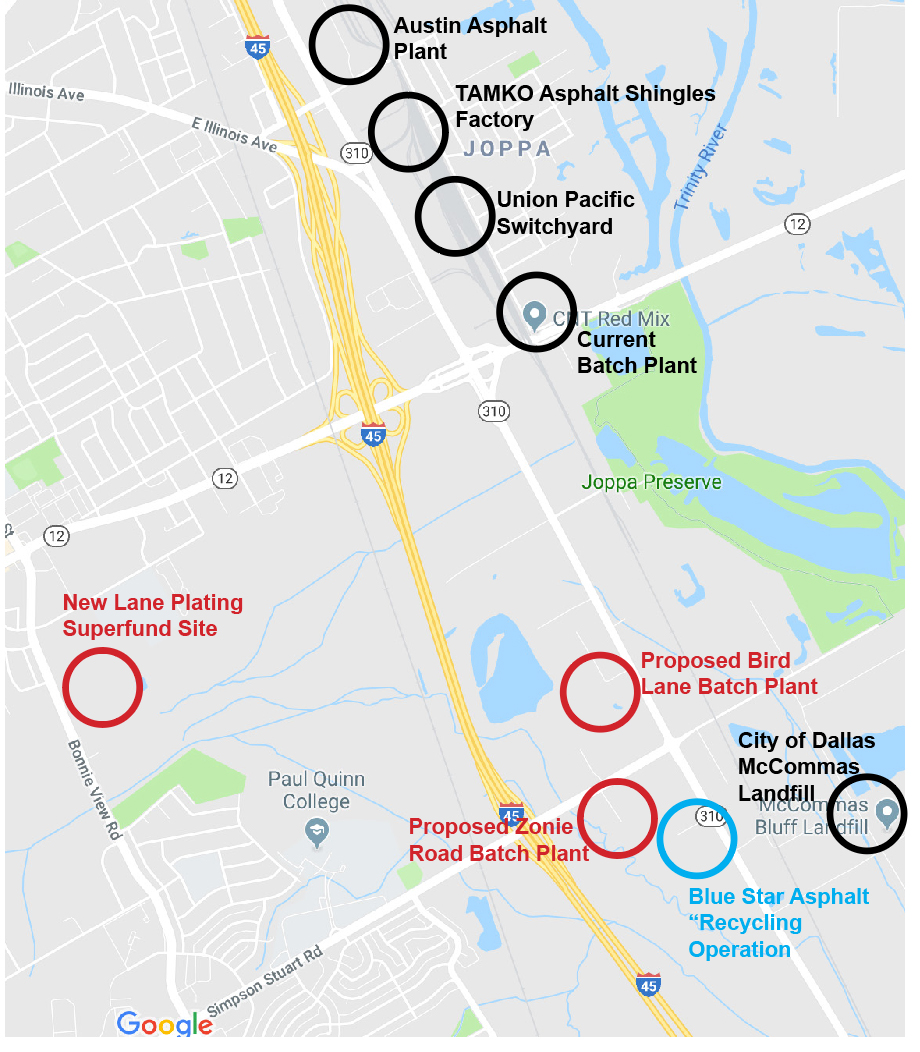 During the last two years Southern Dallas has fought off four proposed batch plants in the same neighborhood because the zoning directs them there. The notorious Shingle Mountain illegal dump took advantage of zoning loopholes to withhold notification of its activities from its neighbors. Instead of playing “whack-a-mole” and having to organize anew against every attempt to site a new polluter there, Southern Dallas residents need to re-write the leftover racist zoning laws and prohibit their part of town from becoming the default Big D dumping ground.
During the last two years Southern Dallas has fought off four proposed batch plants in the same neighborhood because the zoning directs them there. The notorious Shingle Mountain illegal dump took advantage of zoning loopholes to withhold notification of its activities from its neighbors. Instead of playing “whack-a-mole” and having to organize anew against every attempt to site a new polluter there, Southern Dallas residents need to re-write the leftover racist zoning laws and prohibit their part of town from becoming the default Big D dumping ground.
Downwinders is partnering with our friends at Southern Sector Rising and the Inclusive Communities Project to do just that. Dallas is gearing up for a once-in-a-decade review of the City’s MasterPlan that will invite residents to imagine how they want to change their neighborhoods. There’s an opportunity to submit new plans that reverse the racist zoning that plagues the entire Southern part of Dallas.
We’re working with specific Southern Dallas neighborhoods that want to give residents more green space, more buffer zones between themselves and pollution, and even begin proceedings to remove industry from their communities. It’s a 2-3 year process but the end result is increased Environmental Justice in places that desperately need it.
What’s the COVID
Connection?
Bottom: COVID Risk Factors
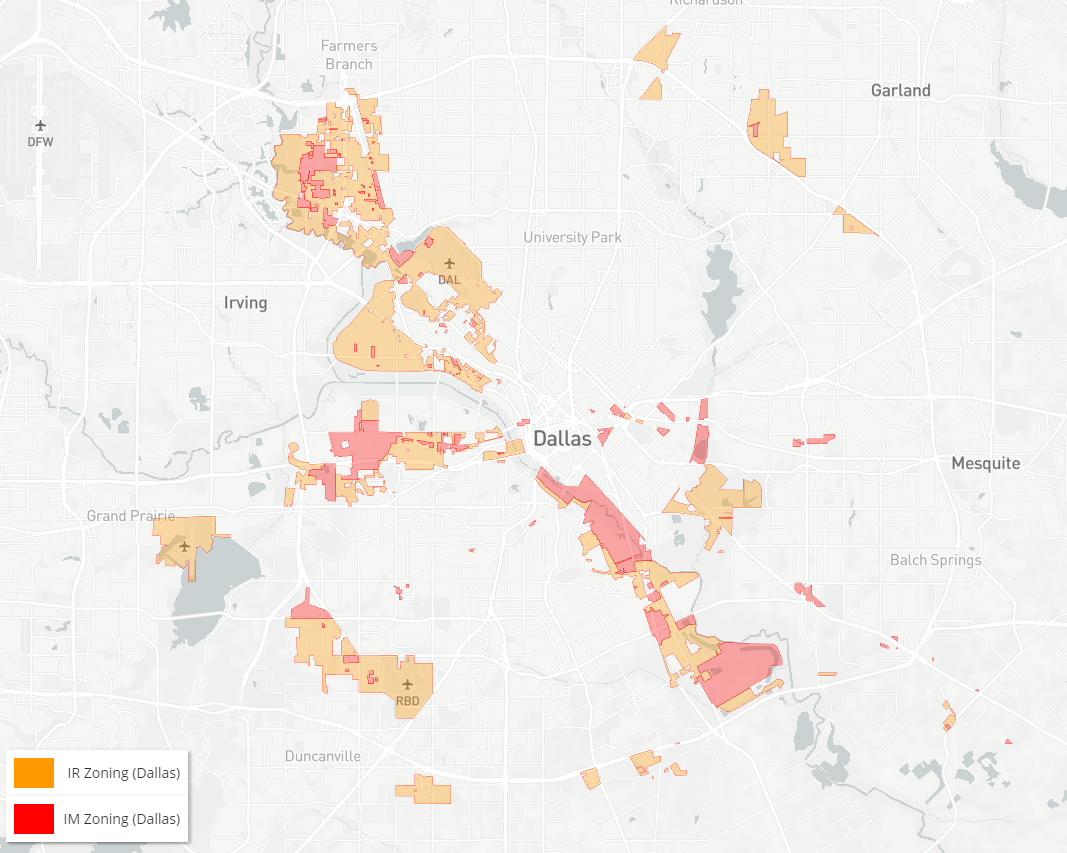 Research done during this pandemic shows Black and Brown residents are being disproportionatey impacted by the COVIC virus.This is being attributed to a number of “pre-existing conditions” in the neighborhoods where they live, including lack of health insurance and health care facilities, poverty and…exposure to air pollution. We know that Black and Brown residents are more likely to be exposed to more and higher levels of air pollution than their white peers.
Research done during this pandemic shows Black and Brown residents are being disproportionatey impacted by the COVIC virus.This is being attributed to a number of “pre-existing conditions” in the neighborhoods where they live, including lack of health insurance and health care facilities, poverty and…exposure to air pollution. We know that Black and Brown residents are more likely to be exposed to more and higher levels of air pollution than their white peers.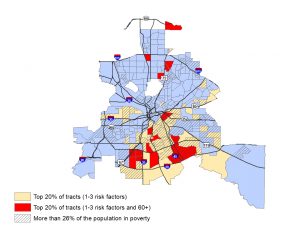 If you change the zoning so that Southern Dallas residents are not living side-by-side with polluters, you reduce their exposure to poisons and improve public health, including making them less vulnerable to viruses like COVID.
If you change the zoning so that Southern Dallas residents are not living side-by-side with polluters, you reduce their exposure to poisons and improve public health, including making them less vulnerable to viruses like COVID.
STATUS?
“forwardDallas!” is the name of the process the City of Dallas is using to redraw its MasterPlan. It was supposed to begin this Spring but may not start until summer. It will involve lots and lots of neighborhood meetings.Downwinders, Southern Sector Rising and the Inclusive 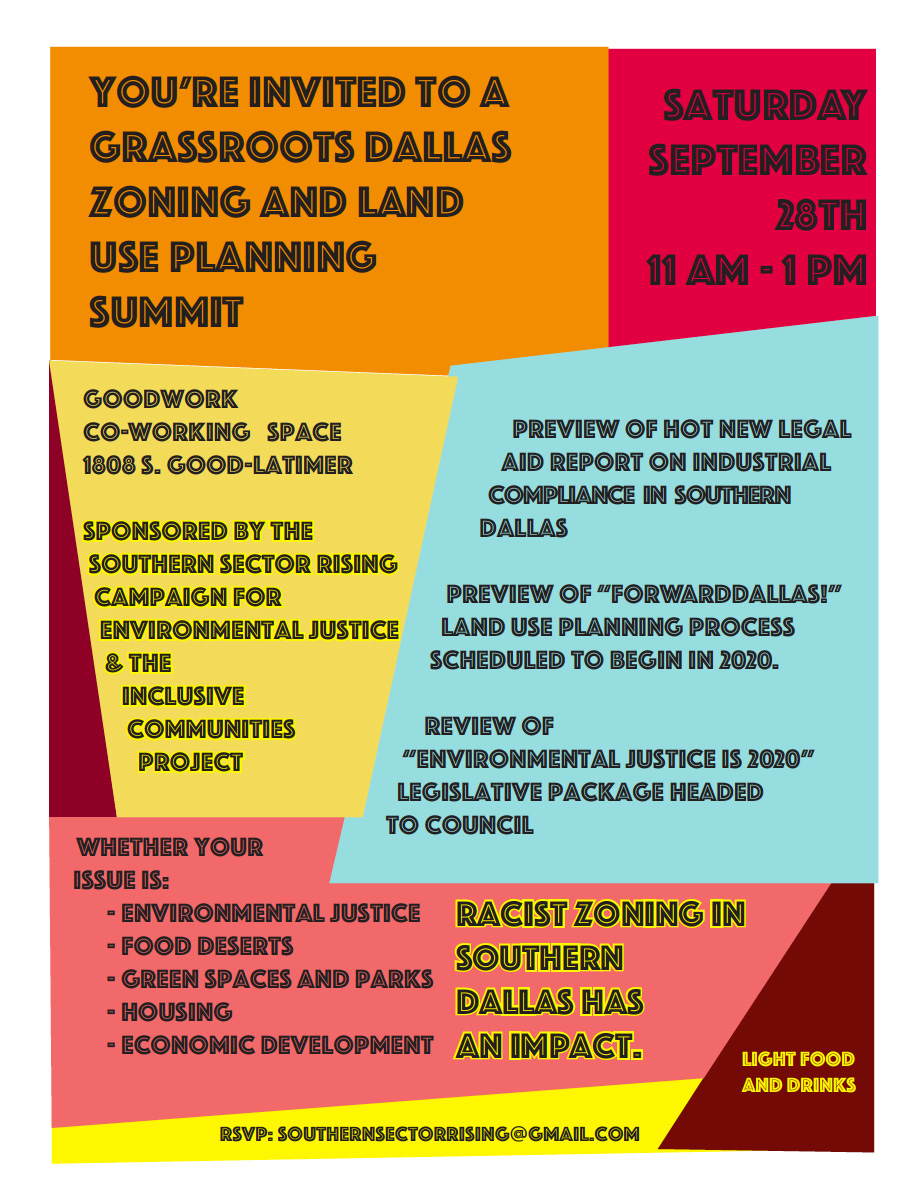 Communities Project isn’t waiting however. We’ve already met with residents’ groups in the Floral Farms and Fruitdale neighborhoods to begin a grassroots planning process. Because of their preparation, these groups will be able to show up to the City meetings with their own plans already developed and ready to be approved. More online meetings are being scheduled for other neighborhoods.
Communities Project isn’t waiting however. We’ve already met with residents’ groups in the Floral Farms and Fruitdale neighborhoods to begin a grassroots planning process. Because of their preparation, these groups will be able to show up to the City meetings with their own plans already developed and ready to be approved. More online meetings are being scheduled for other neighborhoods.
No group has used the “forwardDallas” process to overhaul Dallas zoning in such a comprehensive way. No coordinated effort has ever been focused on this mission. Like so many projects Downwinders takes on, its a “first.” But it’s a chance to make fundamental Change.
This obsolete pattern of “redlining” and segregation lives on in a legacy of racist zoning that still drives polluters to Southern Dallas and along the Trinity River Corridor. Most of the land set aside for heavy industry in Dallas is still south of the River – in predominantly Black and Brown neighborhoods like West Dallas and Joppa.
To make sure Southern Dallas doesn’t remain the City’s dumping ground you have to change the zoning that controls what can go where and next to whom.
PM Pollution and COVID
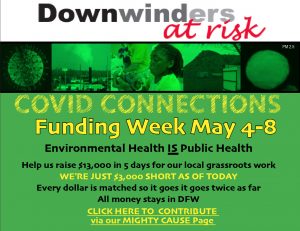
The Massachusetts-based Peace Development Fund has chosen to spotlight the COVID-connected work of
Downwinders at Risk and 12 other groups
across the country this week in order to help raise funds for that work.
As of late last night successfully met our original goal of $10,000. THANK YOU. So now we’re setting our sights on trying to raise an additional $3,000 by Friday. All of this money goes to local DFW program work in front line communities that are most vulnerable to
COVID infection.
Help us help more people.
CONTRIBUTE HERE
Thanks
______________________________________
COVID Connects:
Particulate Matter Air Pollution
to Increased Risk of Disease
What is It?
You’ve heard of the dangers of second-hand smoke? PM is industrial second-hand smoke.
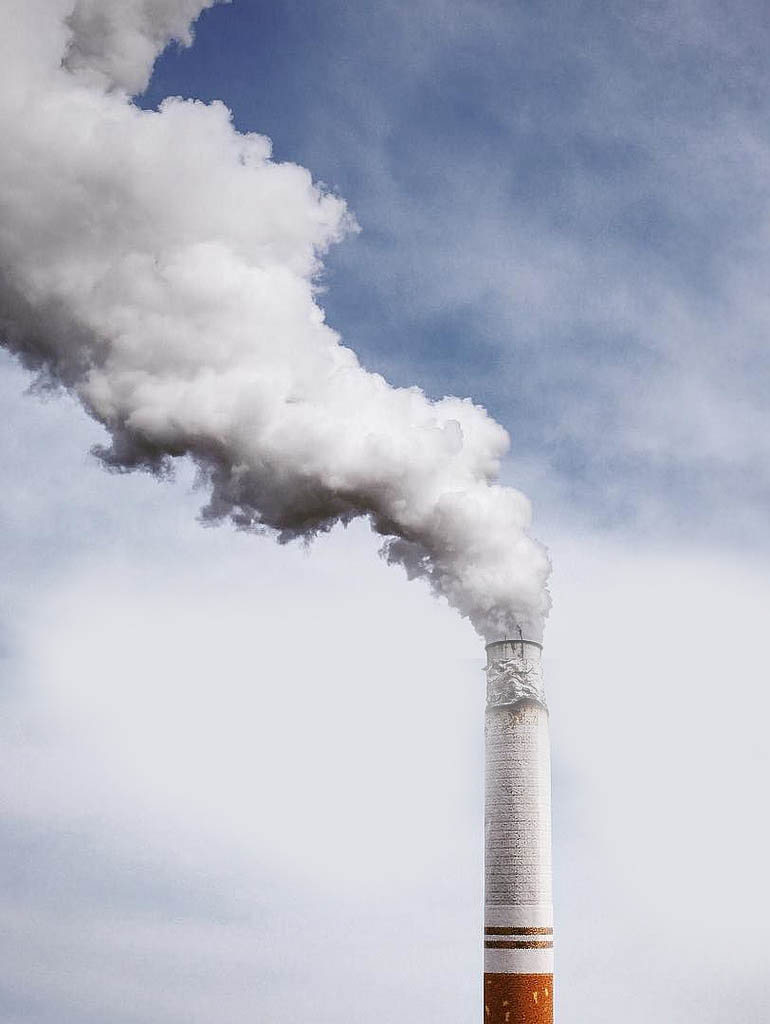 Research over the last decade connects PM pollution with not just lung and coronary diseases, but IQ loss, Autism, Dementia, Parkinson’s Disease, Diabetes, Immune-Deficiency, depression, and blindness. Research also shows Black and Brown residents are exposed to more PM pollution and at higher levels than most of their white peers.
Research over the last decade connects PM pollution with not just lung and coronary diseases, but IQ loss, Autism, Dementia, Parkinson’s Disease, Diabetes, Immune-Deficiency, depression, and blindness. Research also shows Black and Brown residents are exposed to more PM pollution and at higher levels than most of their white peers.re-thinking freeways. We’re in the weeds with neighborhood groups plotting new land use plans separating PM sources from people, or eliminating them altogether. In essence, we’re conducting an anti-smoking campaign aimed at machines.
Why Do It?
Sources of PM pollution are controlled by local gov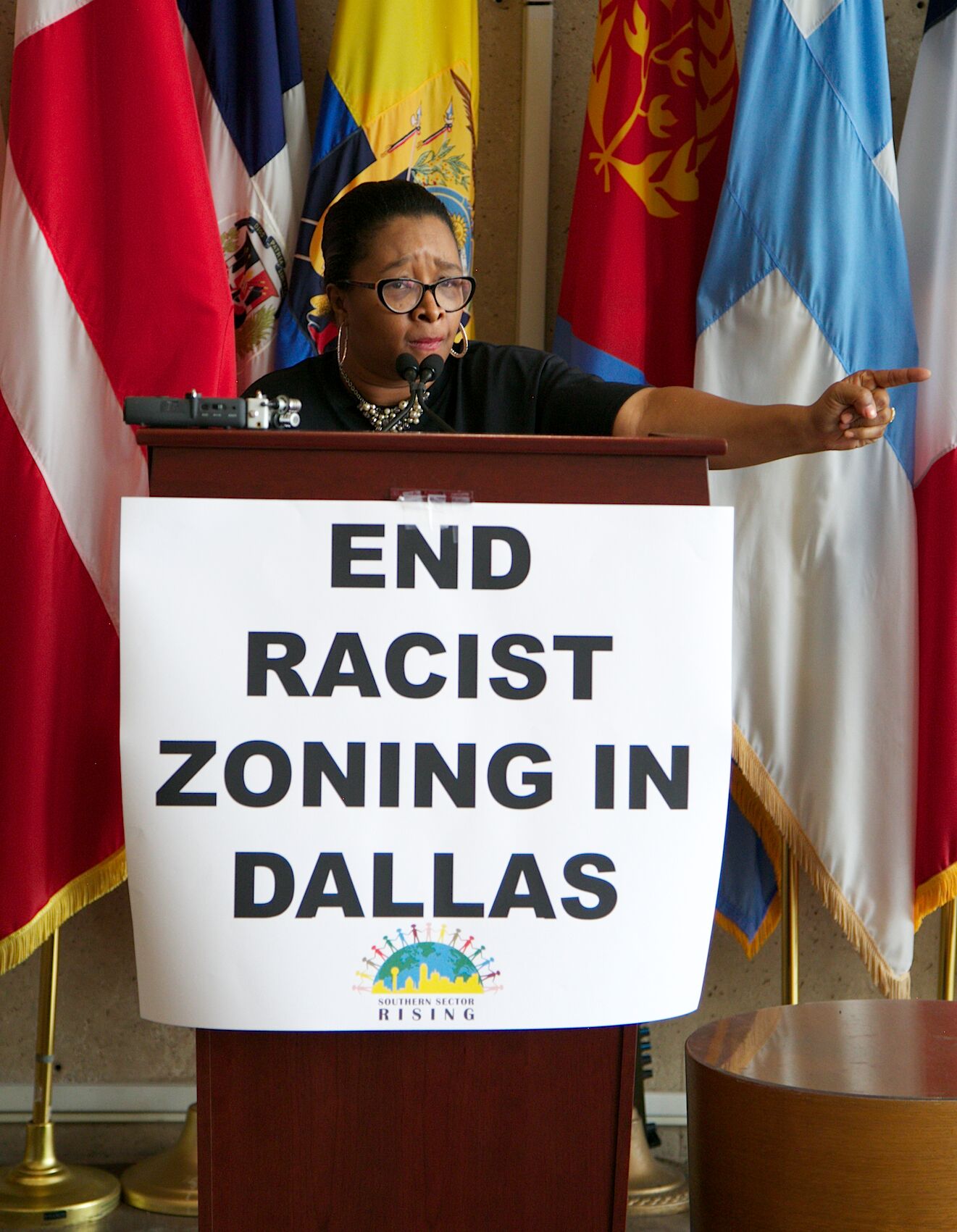 ernments through zoning and other municipal and county policies. As a local group, North Texas is where Downwinders is most effective in making change.
ernments through zoning and other municipal and county policies. As a local group, North Texas is where Downwinders is most effective in making change.
After the 2016 presidential election it was clear we couldn’t make progress on DFW chronic smog without good faith partners at EPA. So we turned our attention to addressing the most insidious air pollutant that can be controlled by local action. We found we could have a big impact on how these very small toxic particles are affecting DFW residents.
What’s the COVID Connection?
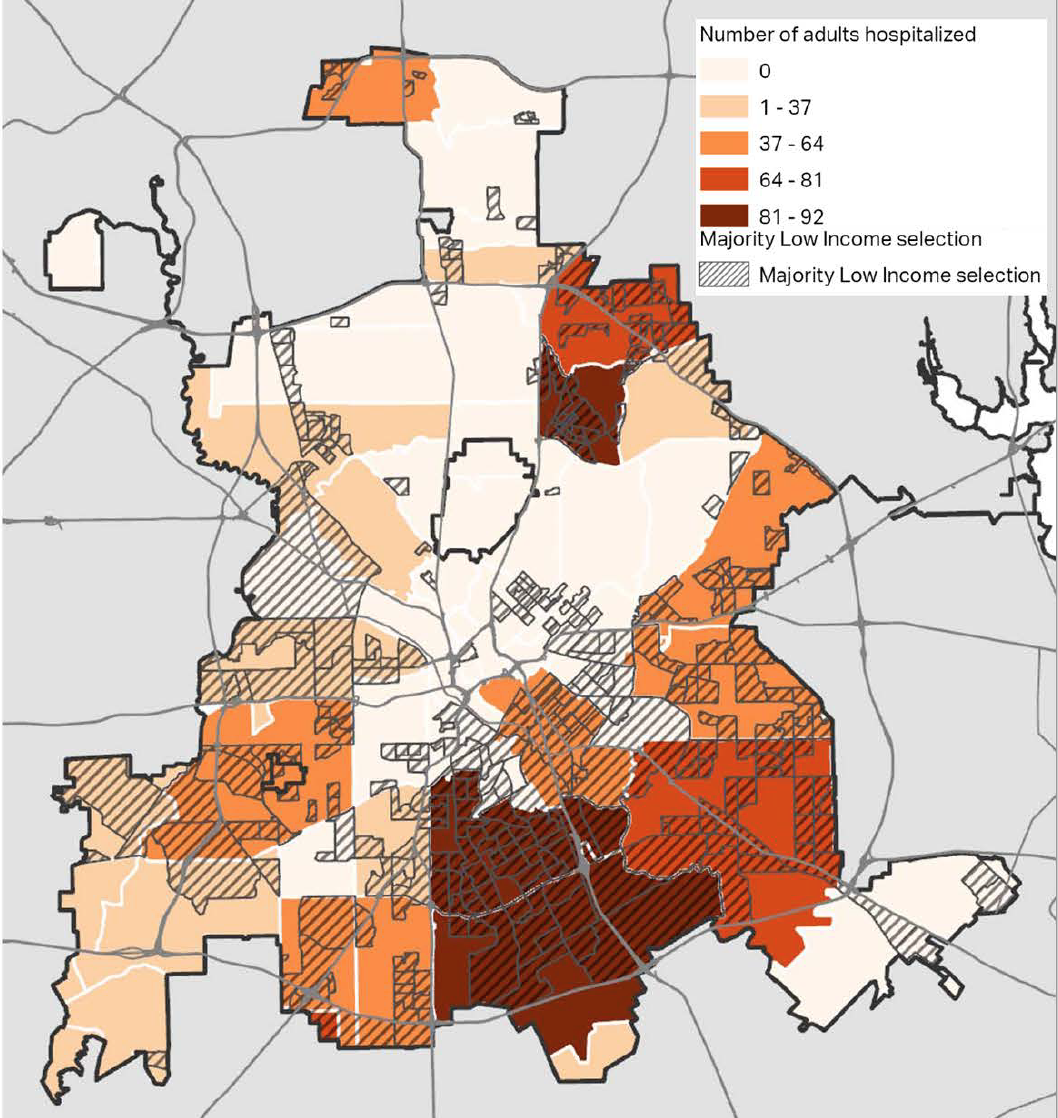
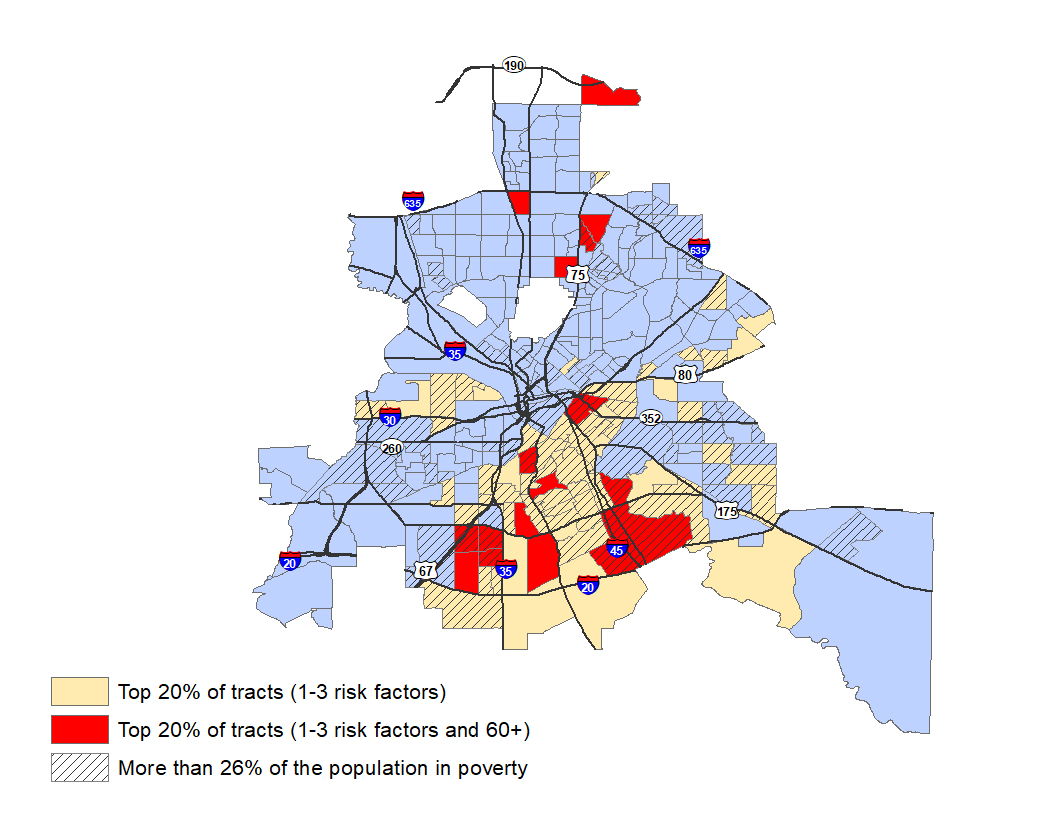
STATUS?
Since 2017 Downwinders has purchased five portable Aeroqual PM 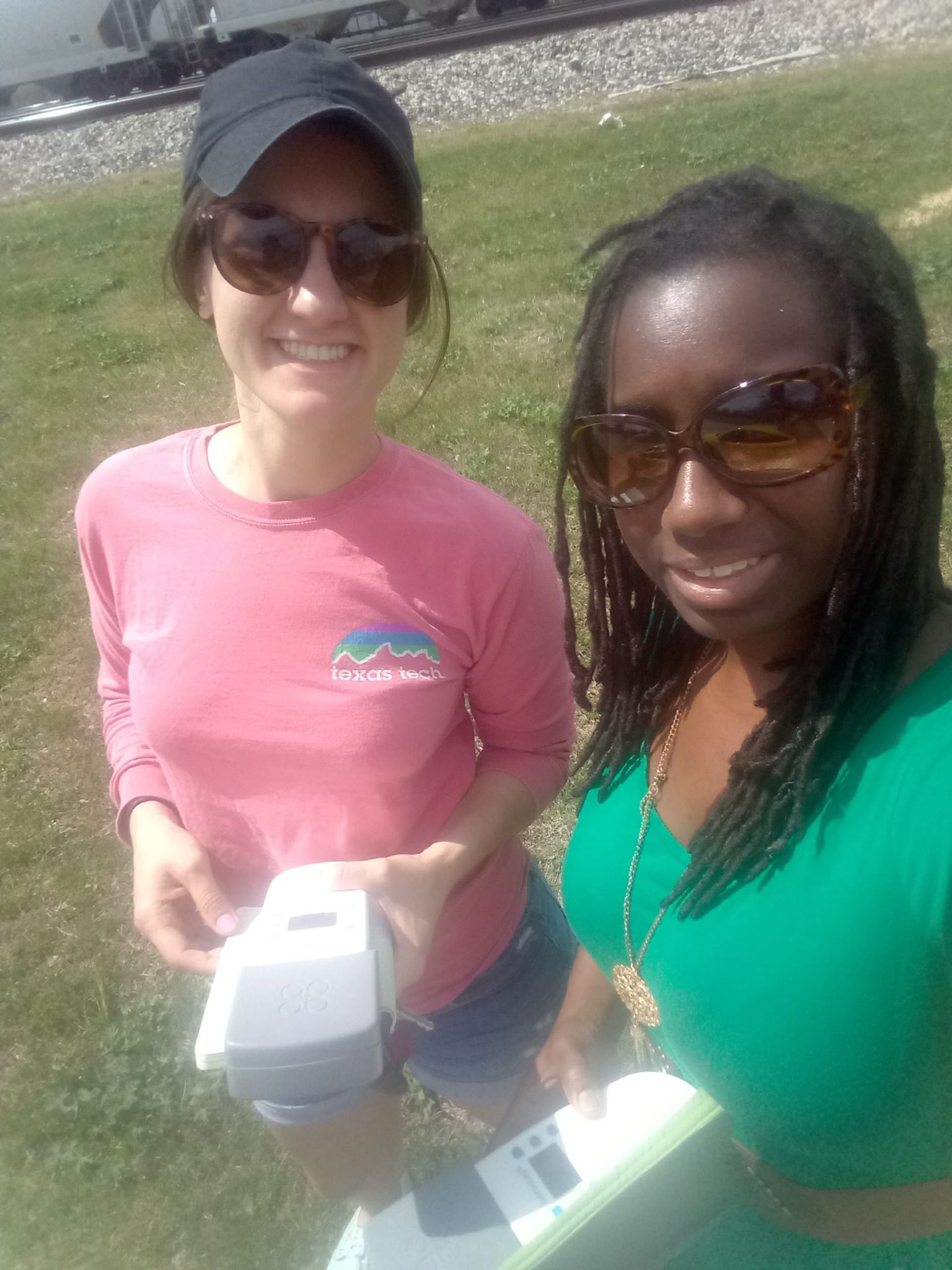 monitors that have been used to track PM Air pollution in DFW and identify hot spots. These portable monitors were the first to record PM levels in the Joppa community in Dallas and the Shingle Mountain illegal dump. We also offer free training in how to use these monitors.With UTD and others, Downwinders is building a 100 + PM monitor network for DFW to track the pollutant in real time across the region.
monitors that have been used to track PM Air pollution in DFW and identify hot spots. These portable monitors were the first to record PM levels in the Joppa community in Dallas and the Shingle Mountain illegal dump. We also offer free training in how to use these monitors.With UTD and others, Downwinders is building a 100 + PM monitor network for DFW to track the pollutant in real time across the region.
Dallas’ climate plan sets goals for electrification of the DART bus fleet by 2040 but other cities are moving faster.
For the last three years debate over the siting of proposed new batch plants has raised the profile of Particulate Matter at Dallas City Hall and around North Texas.
Environmental Organizing on Giving Day 2020
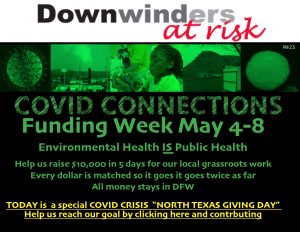
TUESDAY GIVING DAY UPDATE:
We’re over half-way to our goal of $10,000.
Please help us get there today.
1. Today the Communities Foundation of Texas is sponsoring a special COVID crisis North Texas Giving Day for DFW non-profits.
2. The Peace Development Fund has chosen to spotlight the COVID-connected work of Downwinders and 12 other groups across the country to help during the crisis.
The Fund and generous donors are matching every dollar we raise this week up to $10,000 – that’s a $20,00,000 grant on the line.
We have until Friday to raise the $10,000.
You can help us reach this goal right now by contributing at our North Texas Giving Day Page or the Mighty Cause pay portal the Development Fund has set up for us.
Thanks for your support,
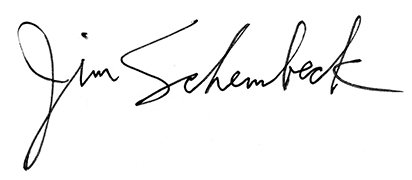

Evelyn Mayo, Chair
____________________________________
COVID Connects:
Community Organizing to
Environmental Health
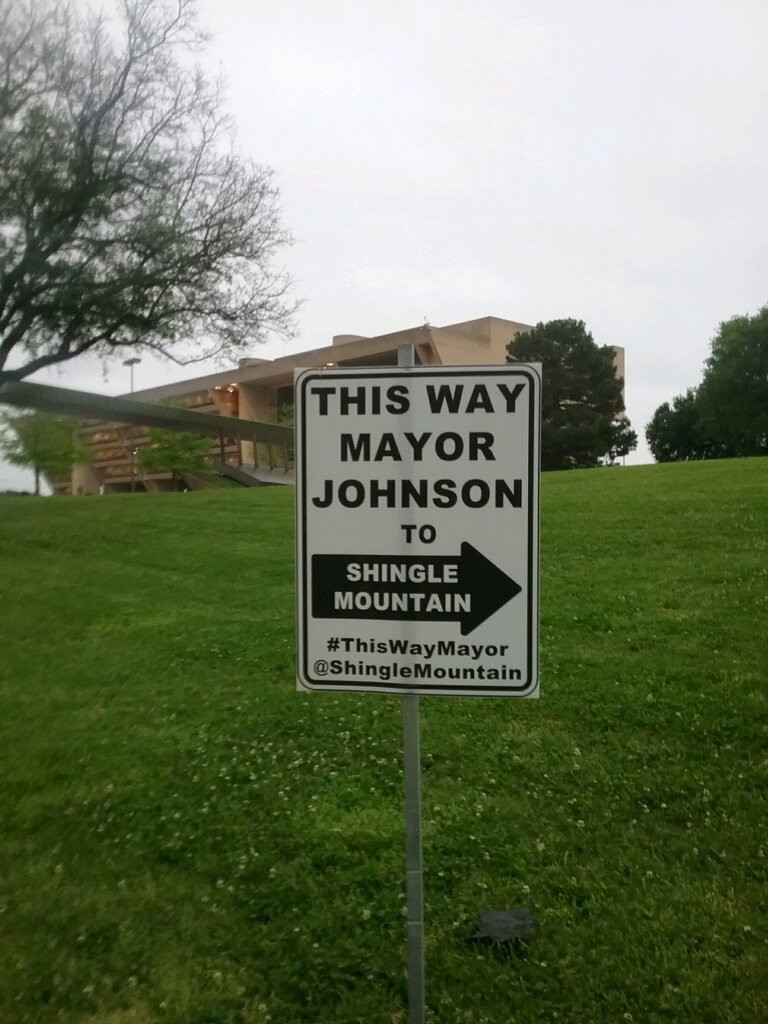 200 signs like these went up across Dallas on Earth Day 2020. Major Johnson has yet to visit or speak publicly about the highest profile environmental justice scandal since the West Dallas RSR lead smelter Superfund site 25 years ago.
200 signs like these went up across Dallas on Earth Day 2020. Major Johnson has yet to visit or speak publicly about the highest profile environmental justice scandal since the West Dallas RSR lead smelter Superfund site 25 years ago.
What is It?
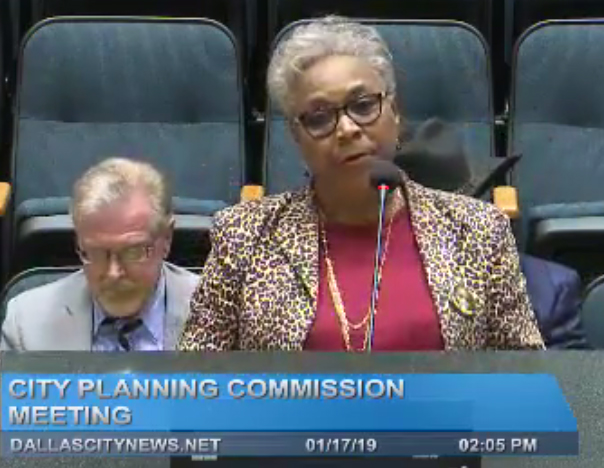 Downwinders provides much needed basic organizing resources to local grassroots environmental health fights.We offer the only full time staff devoted to applying community organizing principles to assist groups. We provide start-up funding for fliers and other materials. We’re the only citizens group that has the technology to take air pollution samples…and the classes to teach you how to do it as well. Mostly, we give those in need the attention they’re not getting from officials or anyone else.
Downwinders provides much needed basic organizing resources to local grassroots environmental health fights.We offer the only full time staff devoted to applying community organizing principles to assist groups. We provide start-up funding for fliers and other materials. We’re the only citizens group that has the technology to take air pollution samples…and the classes to teach you how to do it as well. Mostly, we give those in need the attention they’re not getting from officials or anyone else.
Most importantly, we show how to use a fight to change the system that produced the problem. The most recent example is the Shingle Mountain illegal dump and the group Southern Sector Rising that was created to shut it down and clean it up.
Why Do It?
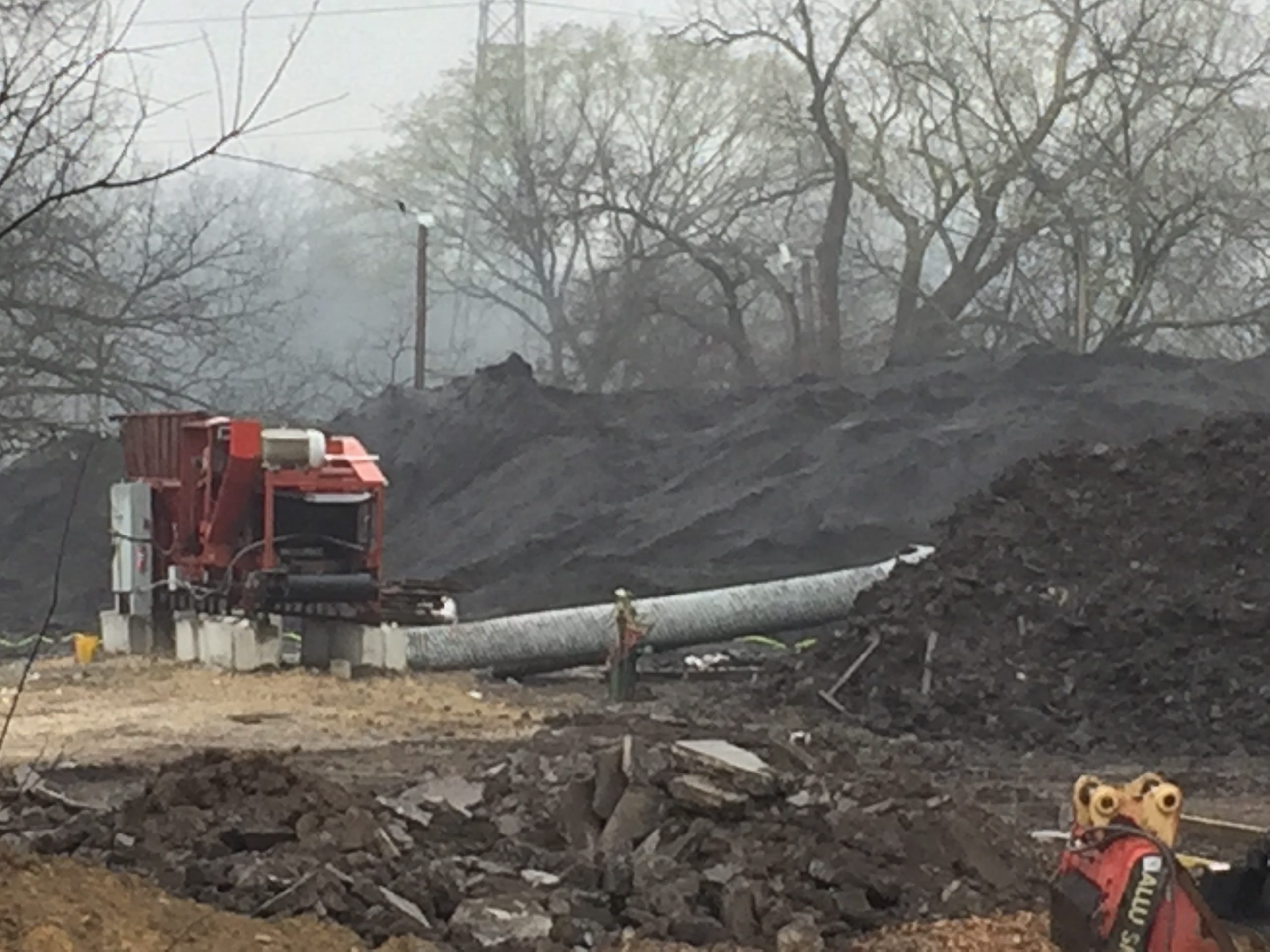 Shingle Mountain for almost a year when she finally found Downwinders. It took us only three months of organizing with Ms. Jackson to get the City to reverse itself and file suit against the site’s operators to close the site.Out of that effort sprang Southern Sector Rising, a group aimed at not only seeking justice for Shingle Mountain residents but making sure Dallas implemented a citywide Environmental Justice agenda. Part of that agenda, announced on March 20th 2019 at a City Hall news conference, was the restoration of the Dallas Environmental Health Commission and a Environmental Equity Provision that would steer polluters away from already over-polluted neighborhoods.
Shingle Mountain for almost a year when she finally found Downwinders. It took us only three months of organizing with Ms. Jackson to get the City to reverse itself and file suit against the site’s operators to close the site.Out of that effort sprang Southern Sector Rising, a group aimed at not only seeking justice for Shingle Mountain residents but making sure Dallas implemented a citywide Environmental Justice agenda. Part of that agenda, announced on March 20th 2019 at a City Hall news conference, was the restoration of the Dallas Environmental Health Commission and a Environmental Equity Provision that would steer polluters away from already over-polluted neighborhoods.
Southern Sector Rising and Downwinders are using the example of Shingle Mountain to pass policies aimed at preventing new Shingle Mountains.
What’s the COVID Connection?
In 2020 it seems obvious that municipal governments need to address environmental health issues. But Dallas ditched it’s original Environmental Health Commission a decade ago.
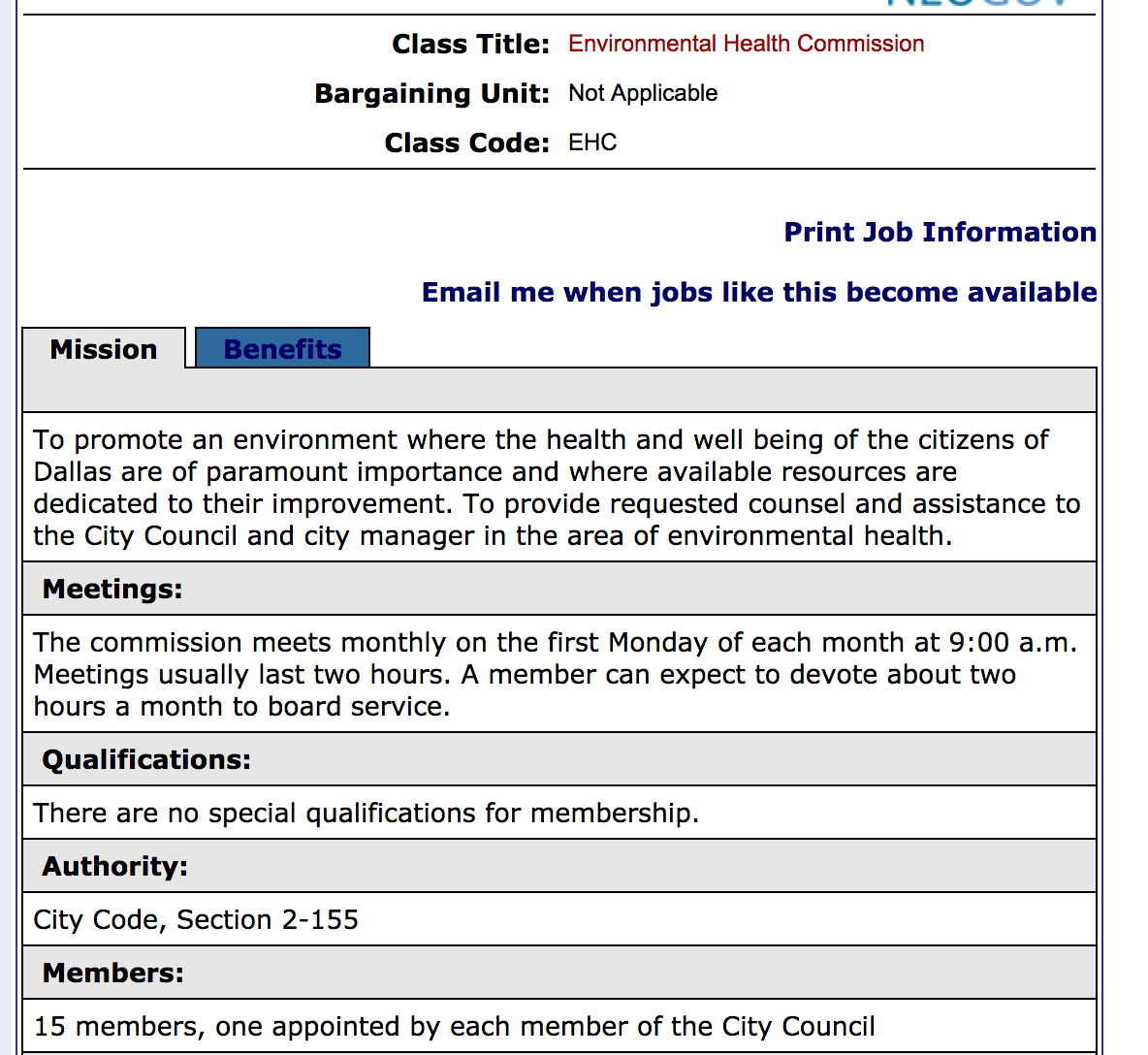 Formed in the wake of the 1980’s West Dallas and East Oak Cliff Lead smelter fights, the Health Commission was a citizen-based watchdog. It recommended the effective banning of hazardous and medical waste incineration in the City and wrote a tough anti-smoking policy before the Council disbanded it.
Formed in the wake of the 1980’s West Dallas and East Oak Cliff Lead smelter fights, the Health Commission was a citizen-based watchdog. It recommended the effective banning of hazardous and medical waste incineration in the City and wrote a tough anti-smoking policy before the Council disbanded it.
Had the Commission been around in 2017, it’s likely the Shingle Mountain dump would have shown-up on Dallas City Hall’s radar screens a lot sooner than it did when a reporter had to tell officials about the outrage a year later.
And an “equitable” economic development policy would end the practice of illegal dumpers and grifters targeting Southern Dallas for their schemes. That pattern of “development” is one reason why residents find themselves more vulnerable to COVID.
Before the virus, City Hall policy avoided environmental health issues. This pandemic shows why it must embrace and plan for them.
STATUS?
Southern Sector Rising has asked that restoration of the Dallas Environmental Health Commission be part of the City’s new climate plan, up for a vote on May 27th. Despite 10 of the current 15 Dallas City Council members having endorsed the idea only last Spring, there’s been no public movement toward adoption. 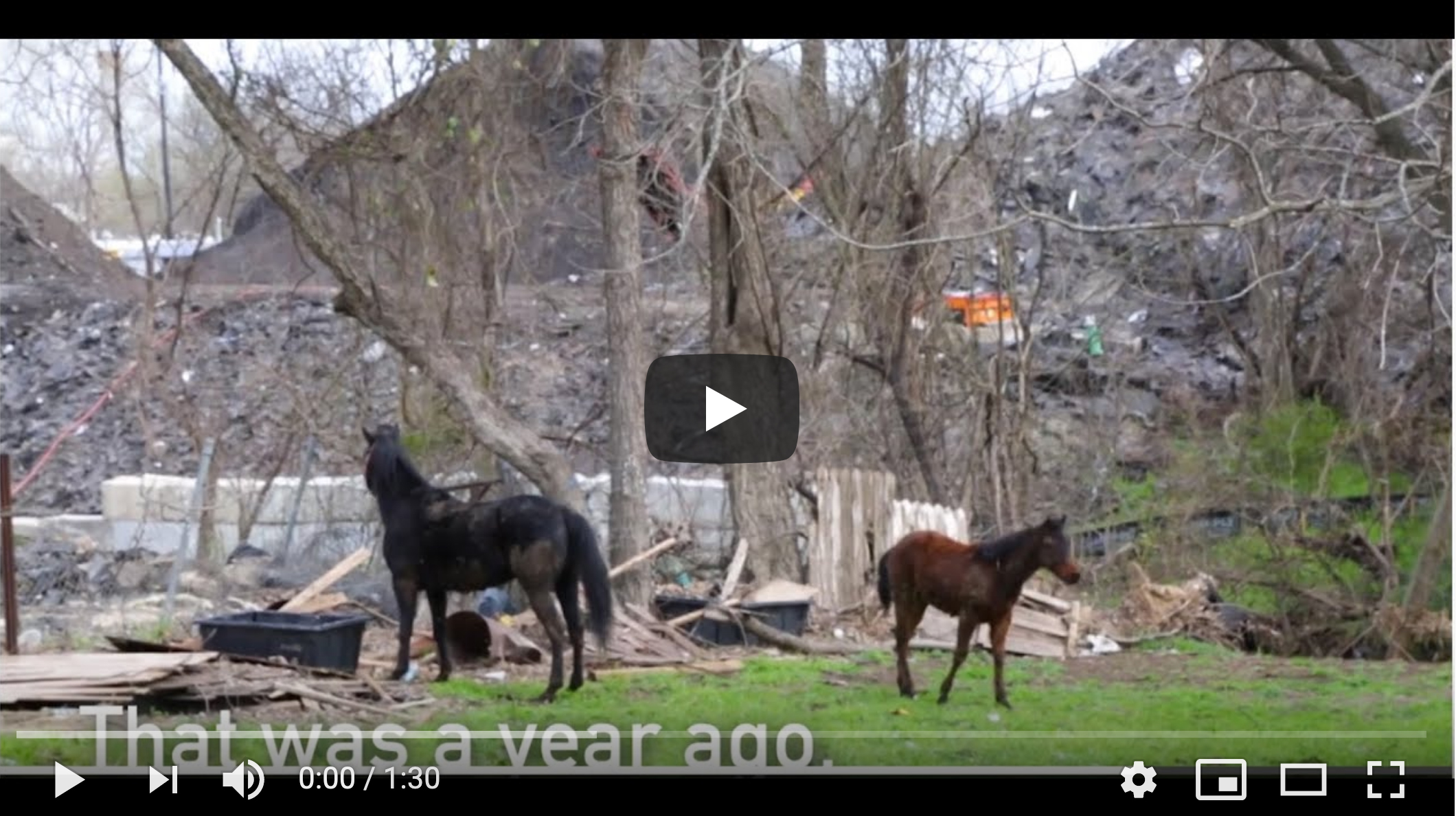
SSR won the closing of Shingle Mountain as an active operation, but the dump itself remains an on-going public health crisis in its own right. Over 100,000 tons of petroleum based asphalt shingles
are stacked 6-7 stories high next door to Dallas residents, including families with children.
Despite being invited and holding office for a year, Dallas Mayor Eric Johnson has never visited or commented publicly on Shingle Mountain.
over 200 “directional aids” went up around
ACTION YOU CAN TAKE:
Here’s a link to a quick “ClickNSend” letter you can send Dallas Mayor Eric Johnson to help him find his way to Shingle Mountain
COVID CONNECTIONS
Downwinders At Risk was already dedicated to fighting for environmental health in North Texas before the COVID virus hit.
Focusing on harmful Particulate Matter, we were already supporting grassroots efforts to reduce the air pollution burdens in predominantly Black and Brown neighborhoods.
We were already building out local capacity to monitor DFW air pollution and advocating an increased role for local cities and counties to protect their residents from environmental health threats.
All of that work was important before March. It’s become more important since then. But our responsibilities on the ground are outstripping our ability to support them adequately. Like other non-profits, the virus has made it harder to do even the simple things.
This week you can help provide some relief.
The Peace Development Fund has chosen to spotlight the COVID-connected work Downwinders is doing, along with that of 12 other grassroots groups across the country to help supplement their budgets during the crisis. The Fund and generous donors are matching every dollar we raise this week up to $10,000 – that’s a $20,00,000 grant on the line.
We have until Friday to raise the $10,000.
Beginning today and continuing thru Tuesday the 5th at Midnight you can help us meet this goal by contributing via our North Texas Giving Day Page.
Then Wednesday thru Friday the Development Fund has its own Downwinders Mighty Cause pay portal you can also use.
We’re using each day this week to show how our various pieces of program work is more relevant than ever before. Today it’s an update on our ambitious new DFW air monitoring network – SHAREDAIRSDFW.
We know everyone is having a hard time, but with the Development Fund matching your dollars, you can make whatever contribution you give go twice as far to benefit those at highest risk.
Thanks for your support,


Evelyn Mayo, Chair
COVID Connects:
Vulnerable Communities to the Need
for Better Air Pollution Monitoring
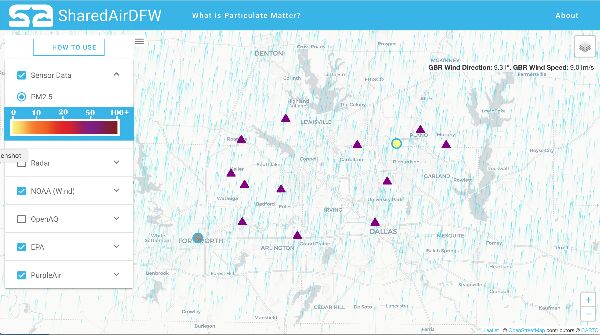
A screenshot of the SHAREDAIRDFW network map being assembled by UTD students and Downwinders at Risk. This map will soon be available at websites hosted by UTD, Dallas County and Downwinders, Only two of the over 100 new monitors are installed (dots) but more are on their way.
What is It?
The SHAREDAIRDFW community air quality monitoring network. 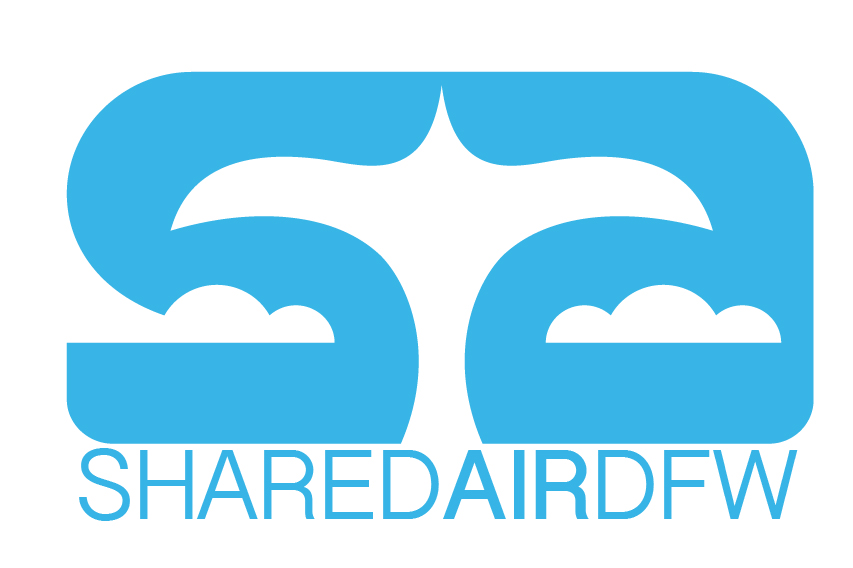 With its partners at UTD, Downwinders is building a new air monitoring network for DFW that will provide real time information from over 100 locations, including industrial hot spots in Joppa, West Dallas and Midlothian.
With its partners at UTD, Downwinders is building a new air monitoring network for DFW that will provide real time information from over 100 locations, including industrial hot spots in Joppa, West Dallas and Midlothian.
Why Do It?
Dallas County’s 2.7 million residents currently share only one EPA 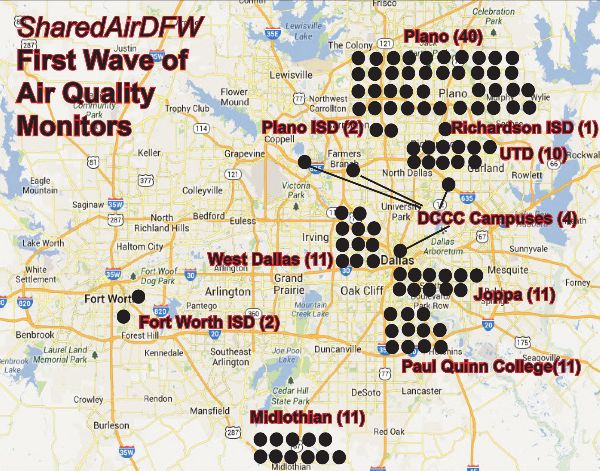 Particulate Matter air pollution monitor, north of downtown. Tarrant County has two and Denton County one. These monitors only reflect very local conditions and don’t reveal pollution levels in “frontline” neighborhoods where industry operates next to homes.
Particulate Matter air pollution monitor, north of downtown. Tarrant County has two and Denton County one. These monitors only reflect very local conditions and don’t reveal pollution levels in “frontline” neighborhoods where industry operates next to homes.
Making pollution burdens more equitable across racial and class lines requires identifying, measuring, and mapping those burdens: “You can’t fix what you don’t measure.” The SHAREDAIRDFW network is the first attempt to permanently map air pollution burdens across North Texas and make that information easily accessible to the public 24/7.Dallas County’s 2.7 million residents currently share only one EPA Particulate Matter air pollution monitor, north of downtown. Tarrant County has two and Denton County one. These monitors only reflect very local conditions and don’t reveal pollution levels in “frontline” neighborhoods where industry operates next to homes.
Making pollution burdens more equitable across racial and class lines requires identifying, measuring, and mapping those burdens: “You can’t fix what you don’t measure.” The SHAREDAIRDFW network is the first attempt to permanently map air pollution burdens across North Texas and make that information easily accessible to the public 24/7.
What’s the COVID Connection?
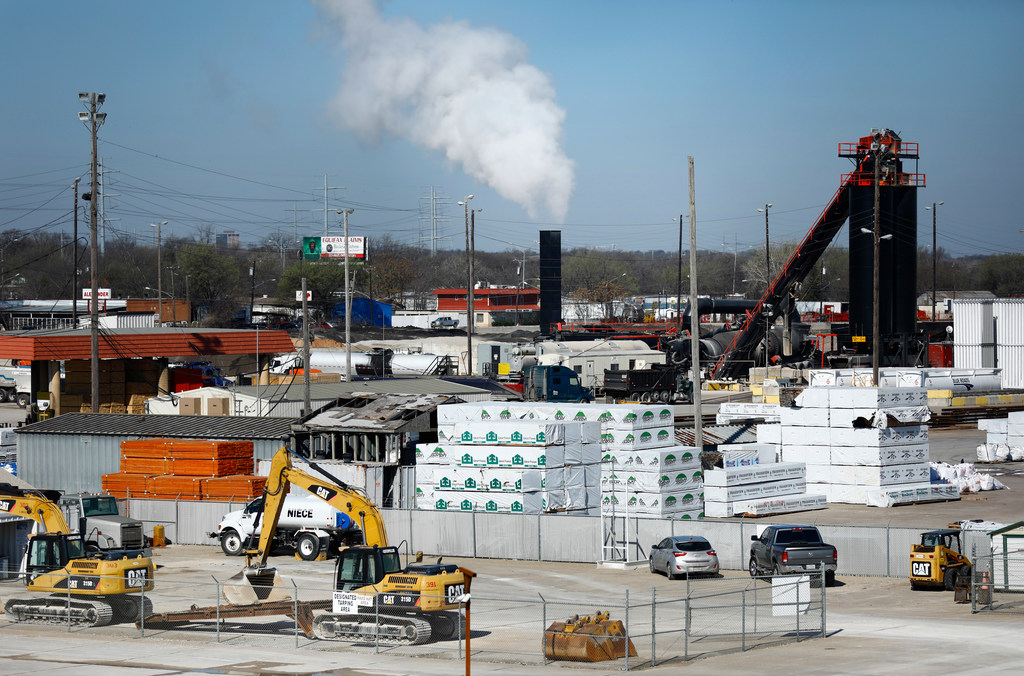
Research being done during the COVID pandemic concludes those living with the highest air pollution burdens are among the most vulnerable to being infected and dying from it. Specifically there seems to be a connection between a person’s exposure to Particulate Matter and Nitrogen Oxide air pollutants and the likelihood of contracting COVID. Past studies from the SARS epidemic also point to a strong link between exposure to air pollution and vulnerability to illness.By mapping where the heaviest air pollution burdens are, we can avoid adding to that burden and pursue policies targeting pollution decreases. We can begin to reverse the circumstances that makes the most pollution-impacted neighborhoods the most vulnerable to disease.
STATUS?
Via teleconferencing, UTD students are finishing up the digital map the Network 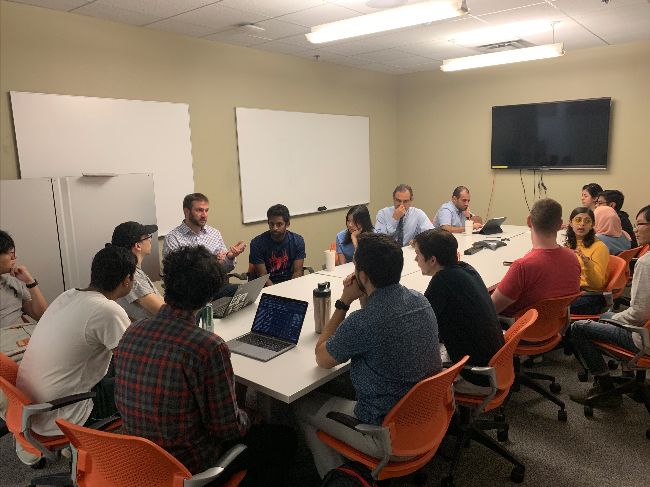 will use to display its real time air quality information. This map is meant to display not only the levels recorded by our own fleet of monitors, but easy access to the handful of EPA and Purple Air monitors in DFW as well.
will use to display its real time air quality information. This map is meant to display not only the levels recorded by our own fleet of monitors, but easy access to the handful of EPA and Purple Air monitors in DFW as well.
The map will be hosted on websites hosted by UTD, Dallas County and Downwinders.The first community monitors are slated for the former Freedman’s town of Joppa, where Downwinders bought a utility pole for the installation of the larger Mothership monitor. We’ve got a contract for Internet service and are now trying to tie down electrical power.
After a planned community meeting in March was canceled, we’re now gearing back up to find hosts for all ten “satellite” monitors. We hope to be able to begin operat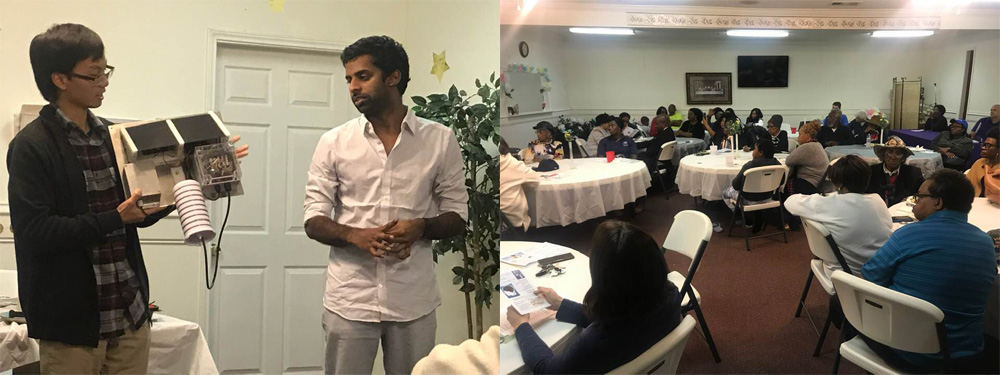 ion this summer.Once we’re up and running in Joppa, West Dallas is next and then Midlothian. In all Downwiwnders will be responsible for 33 of the over 100
ion this summer.Once we’re up and running in Joppa, West Dallas is next and then Midlothian. In all Downwiwnders will be responsible for 33 of the over 100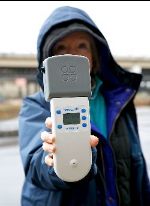 network monitors going up as part of the first wave installation.
network monitors going up as part of the first wave installation.
……MEANWHILE, Downwinders is using its portable monitors to record air quality in front line neighborhoods during the shelter-in-place periods so we’ll have a baseline for what cleaner air looks like.

